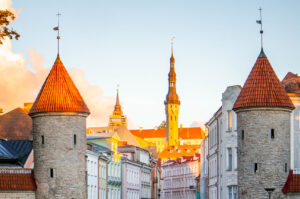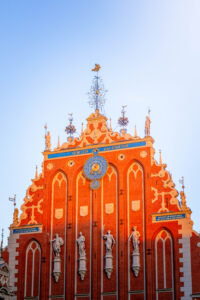Andalusia is a region of Moorish palaces, whitewashed villages, fiery flamenco, and sunny plazas where life slows down over tapas. The best part? You do not need to drive to experience it all. I personally followed this Andalusia itinerary by train and bus, and thanks to Spain’s excellent public transport, it was both stress-free and rewarding.
In this guide, I share a 7 to 10 day Andalusia itinerary without a car, connecting Sevilla, Córdoba, Granada, Ronda, and Málaga. Whether you are traveling solo, on a budget, or simply prefer a smooth and relaxed trip, this route shows you exactly how to get from city to city, what highlights to see, and how much time to spend in each stop.
📌 Pas le temps? Sauvegardez sur Pinterest!
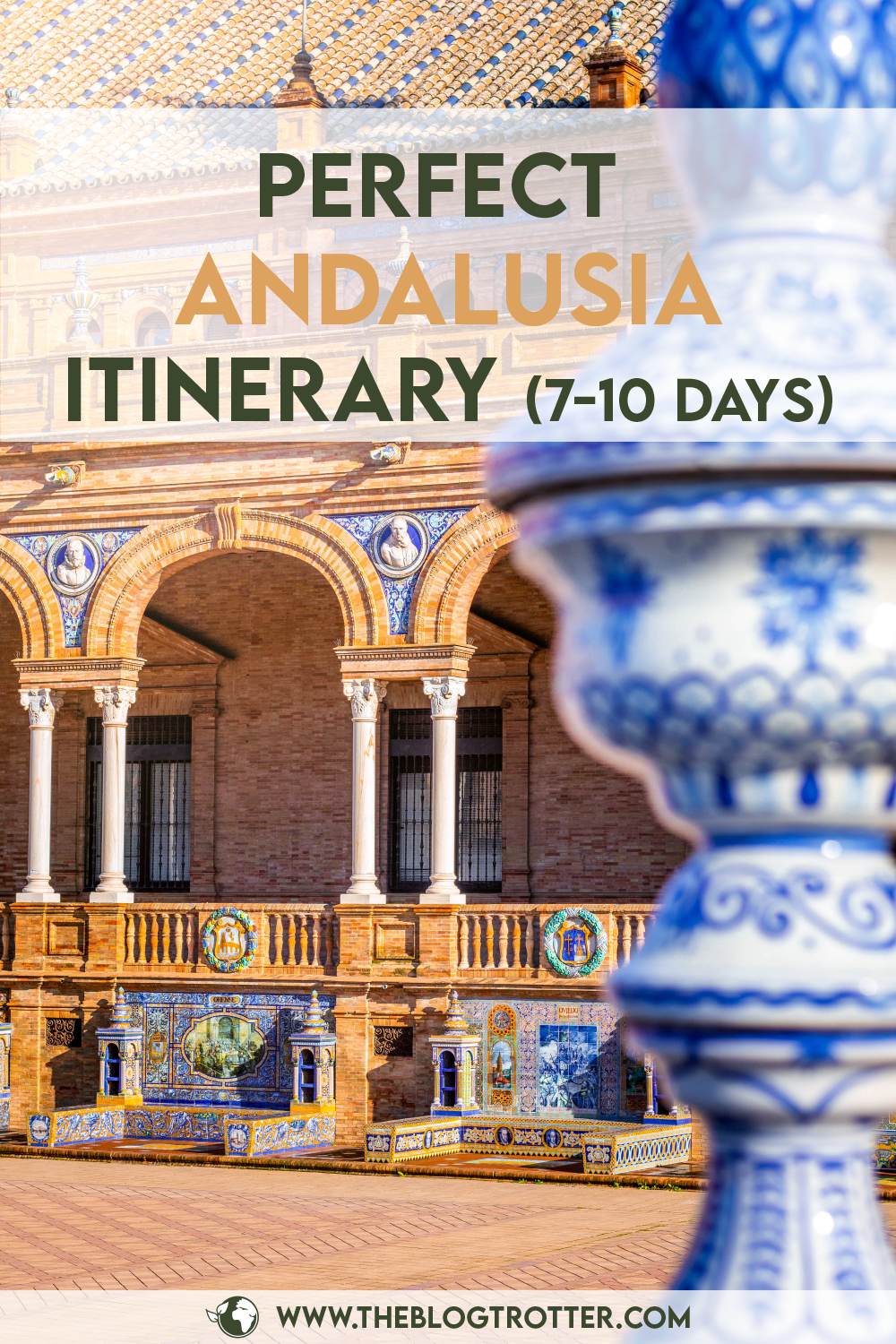
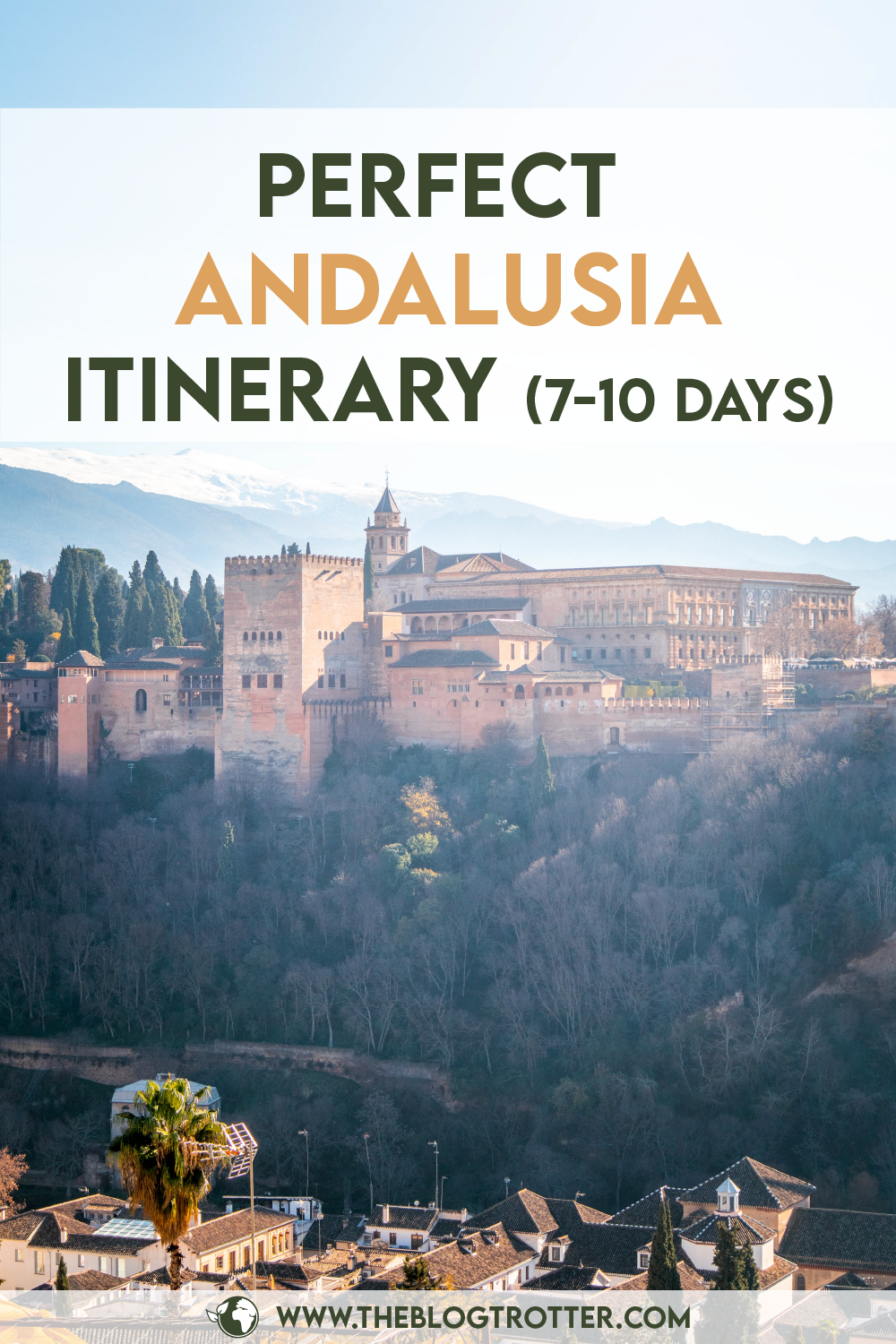
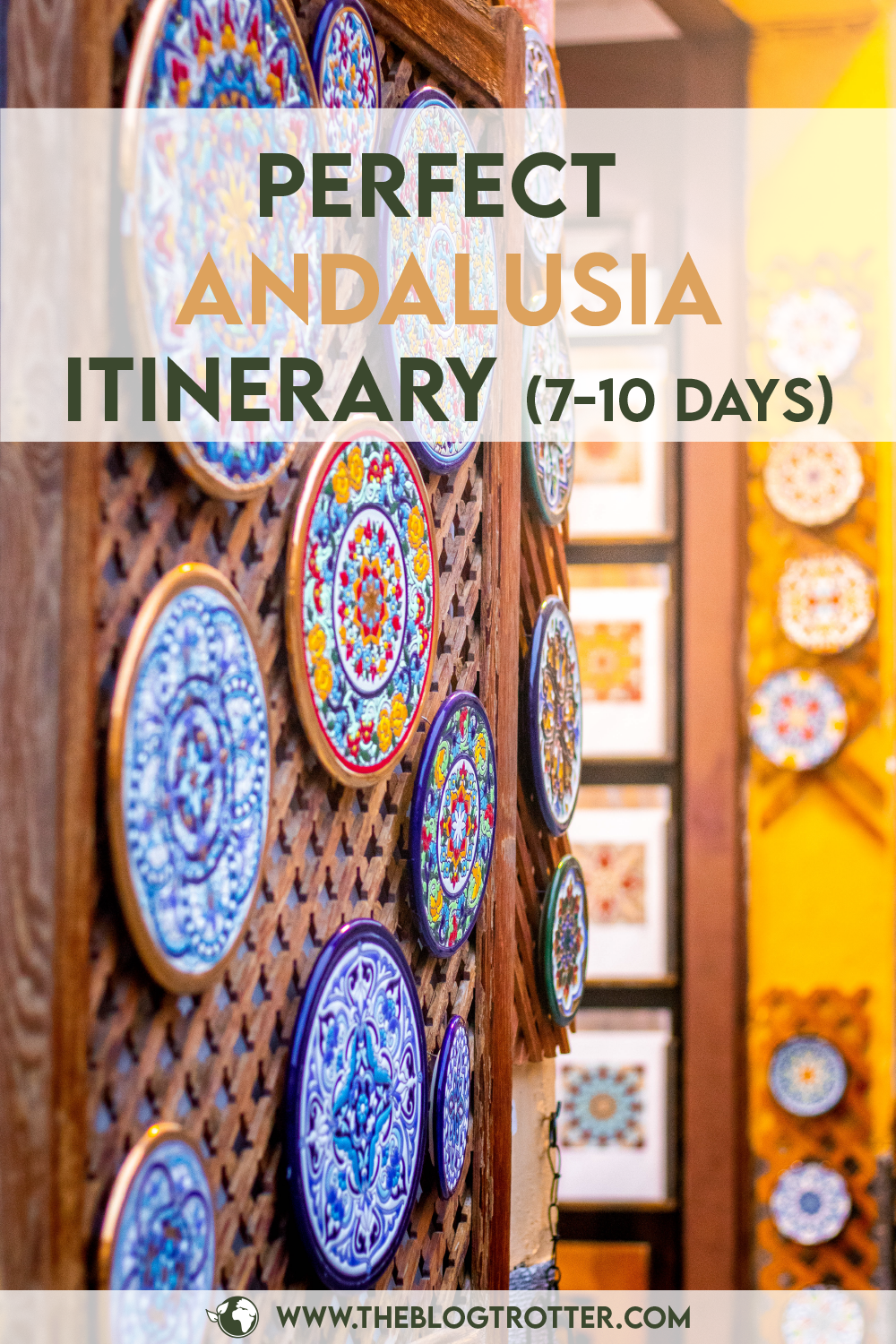
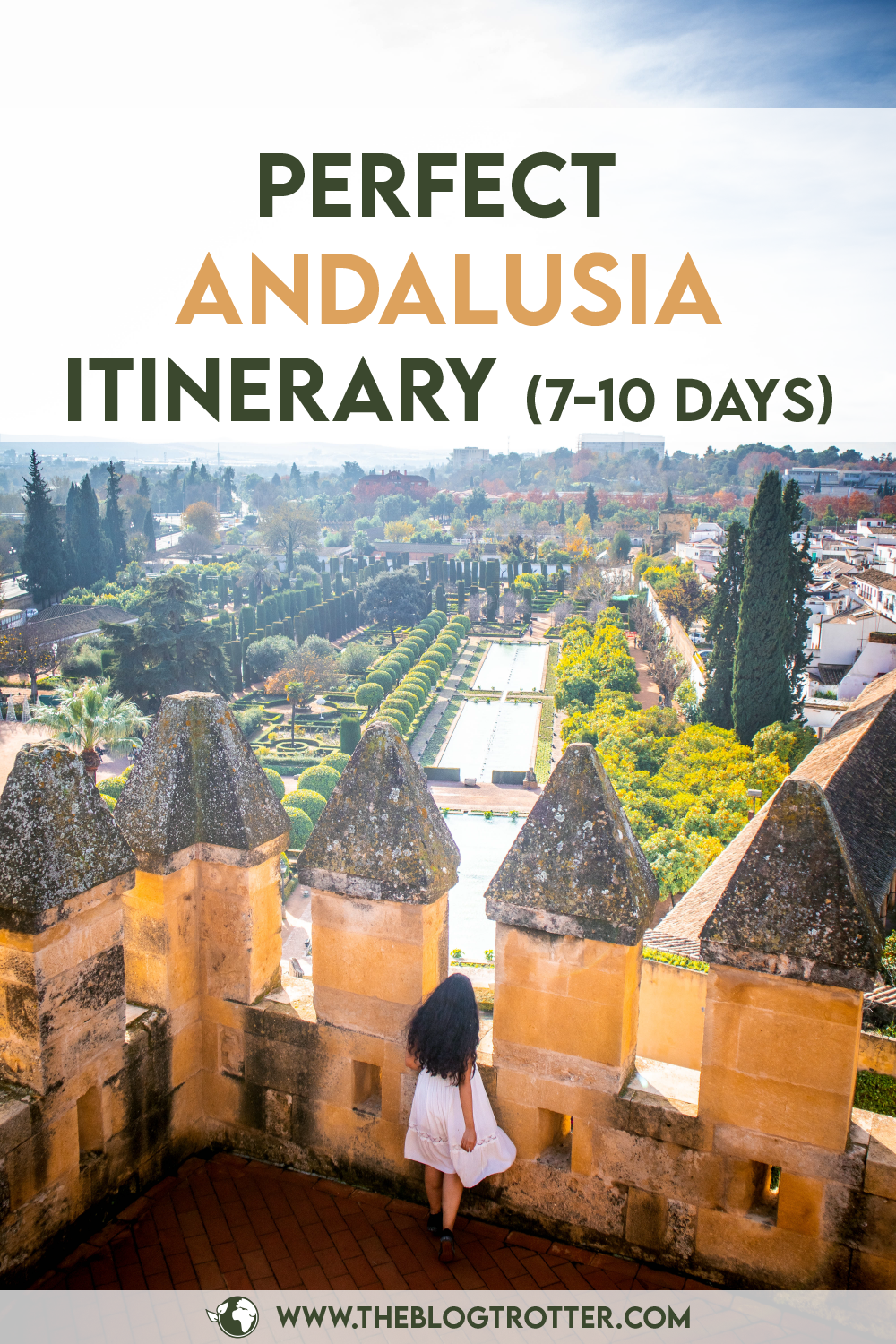
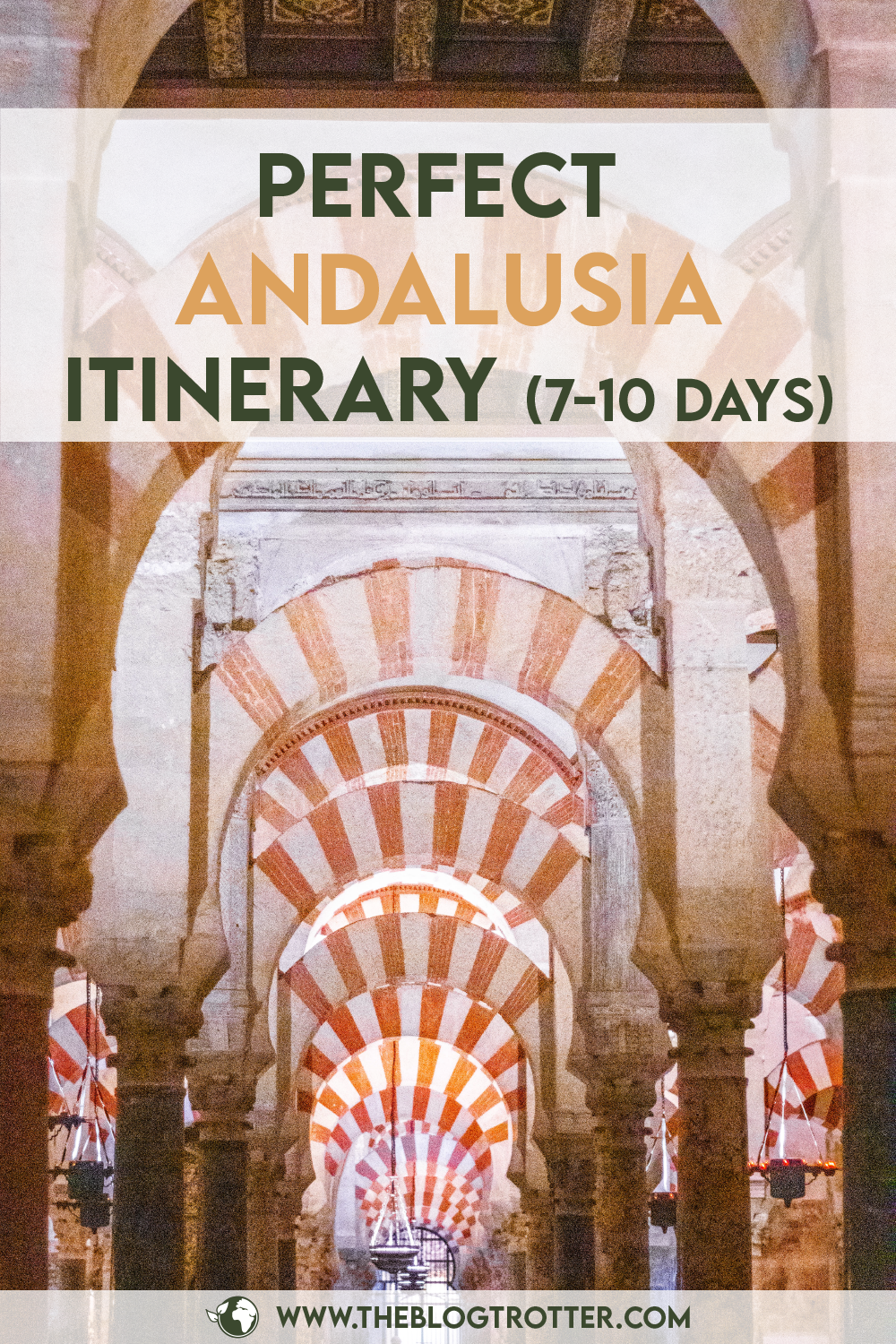

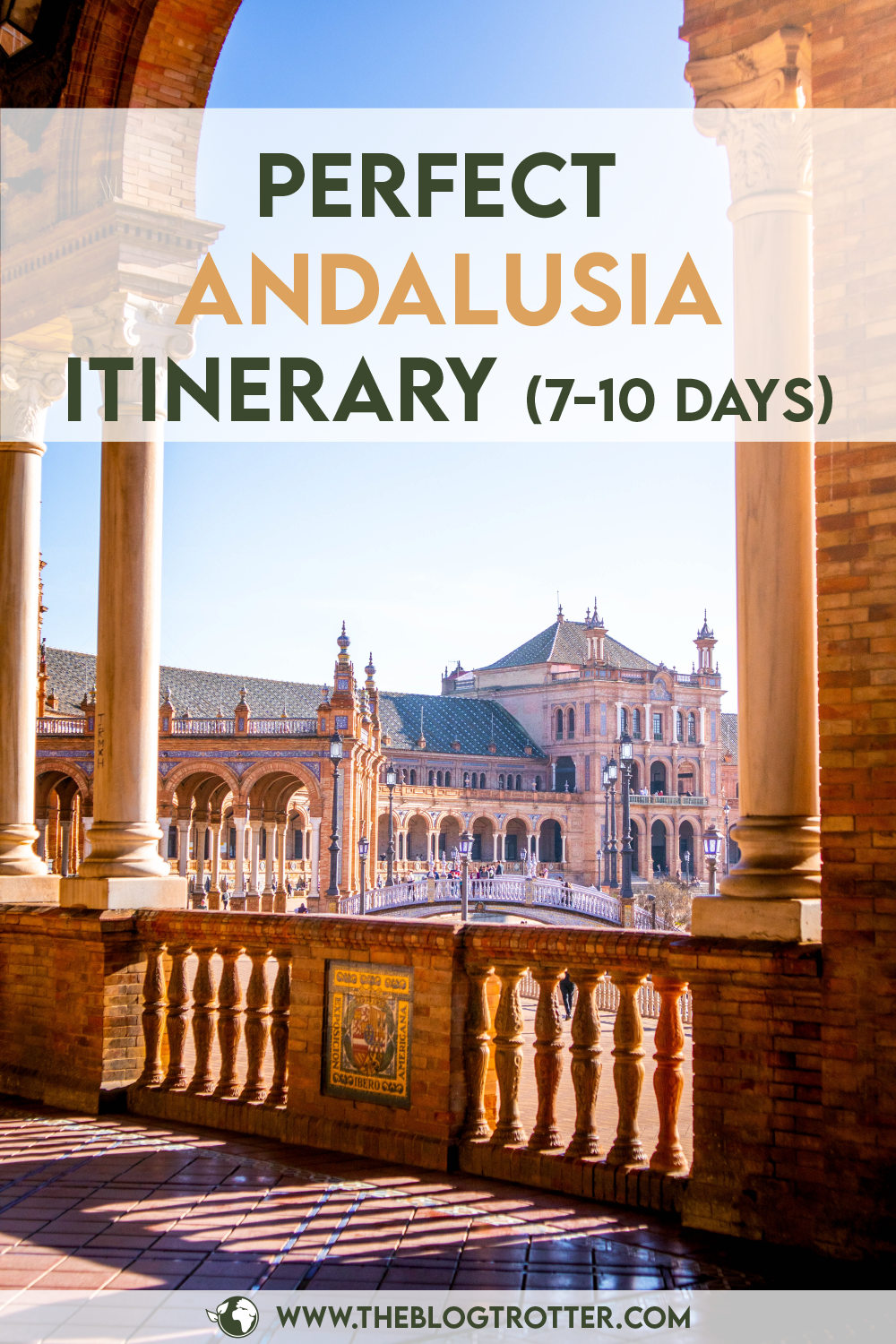
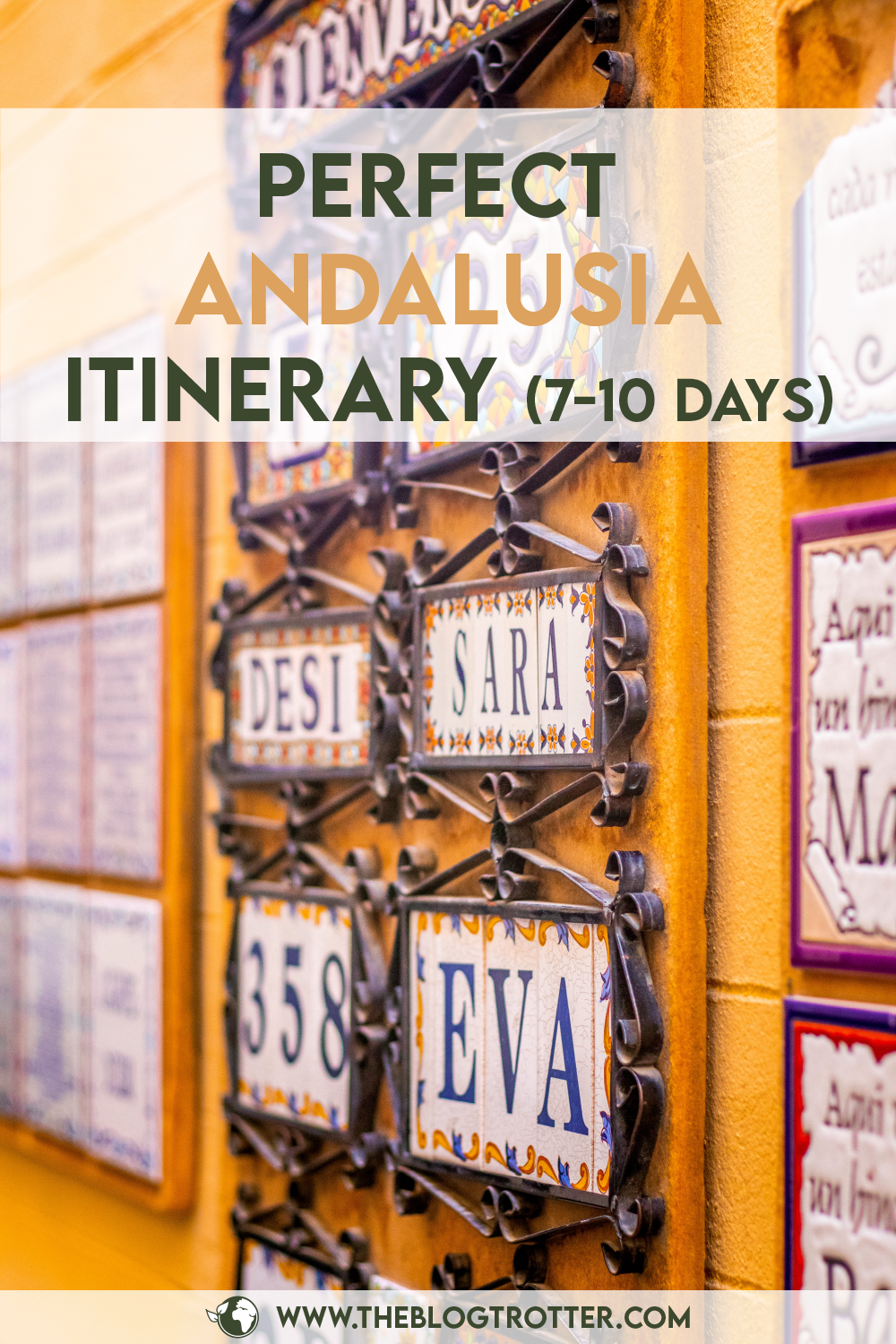
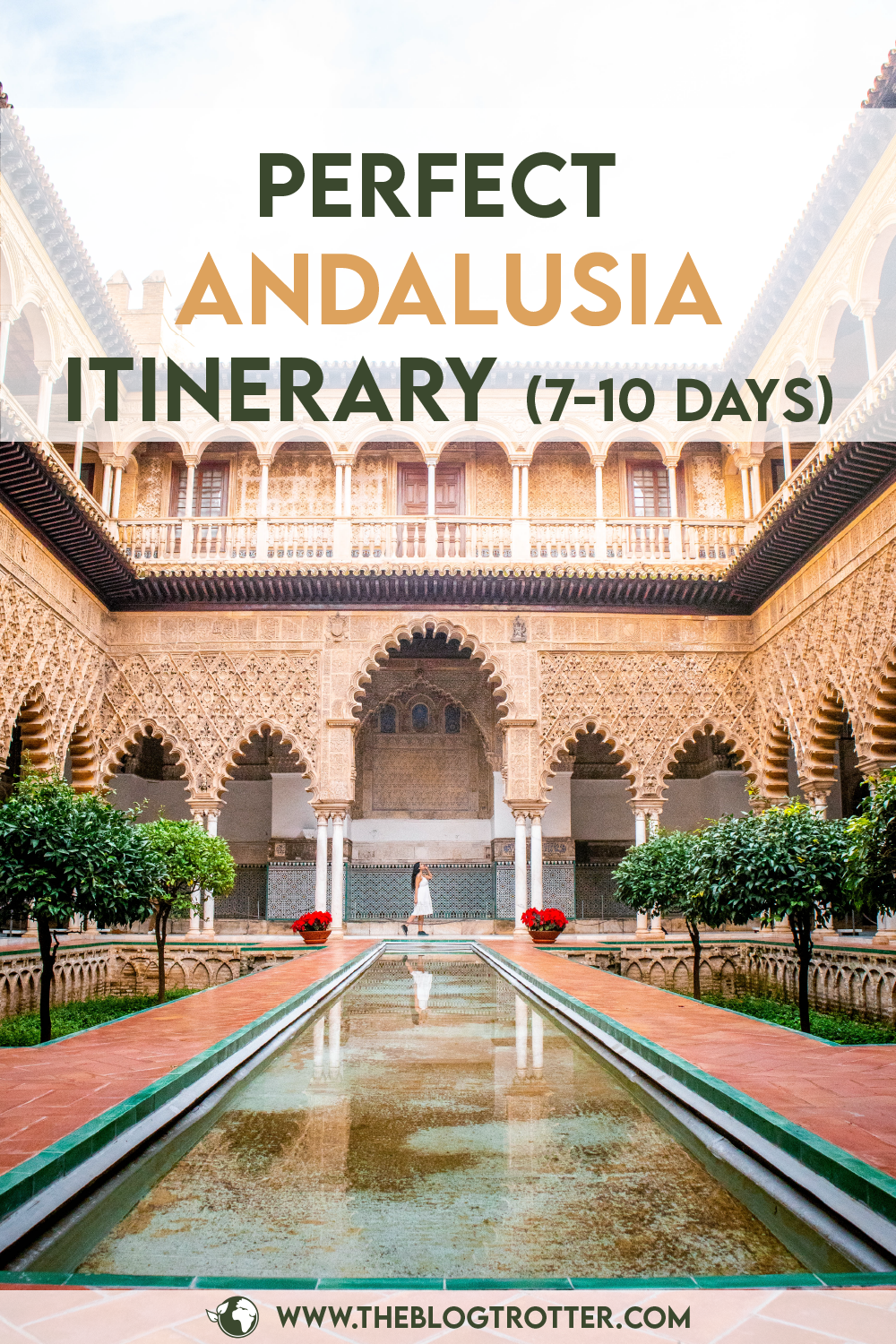
Day-by-Day Andalusia Itinerary (7 to 10 Days)
Andalusia is one of the easiest regions in Spain to explore without a car. Sevilla, Córdoba, Granada, and Málaga are all well connected by trains and buses, so you can simply hop between them and let the journey be part of the adventure. This is the exact Andalusia itinerary I followed myself, and it worked beautifully. Starting in Sevilla felt natural, but you could just as easily begin in Granada or Málaga depending on your flights.
The distances are short, but timing makes a difference. I recommend traveling in the evenings so you wake up in your next destination ready to dive straight in. Connections are frequent, affordable, and far less stressful than navigating traffic or parking in historic centers. That way you can focus on the best of Andalusia: plazas, palaces, and plenty of tapas.
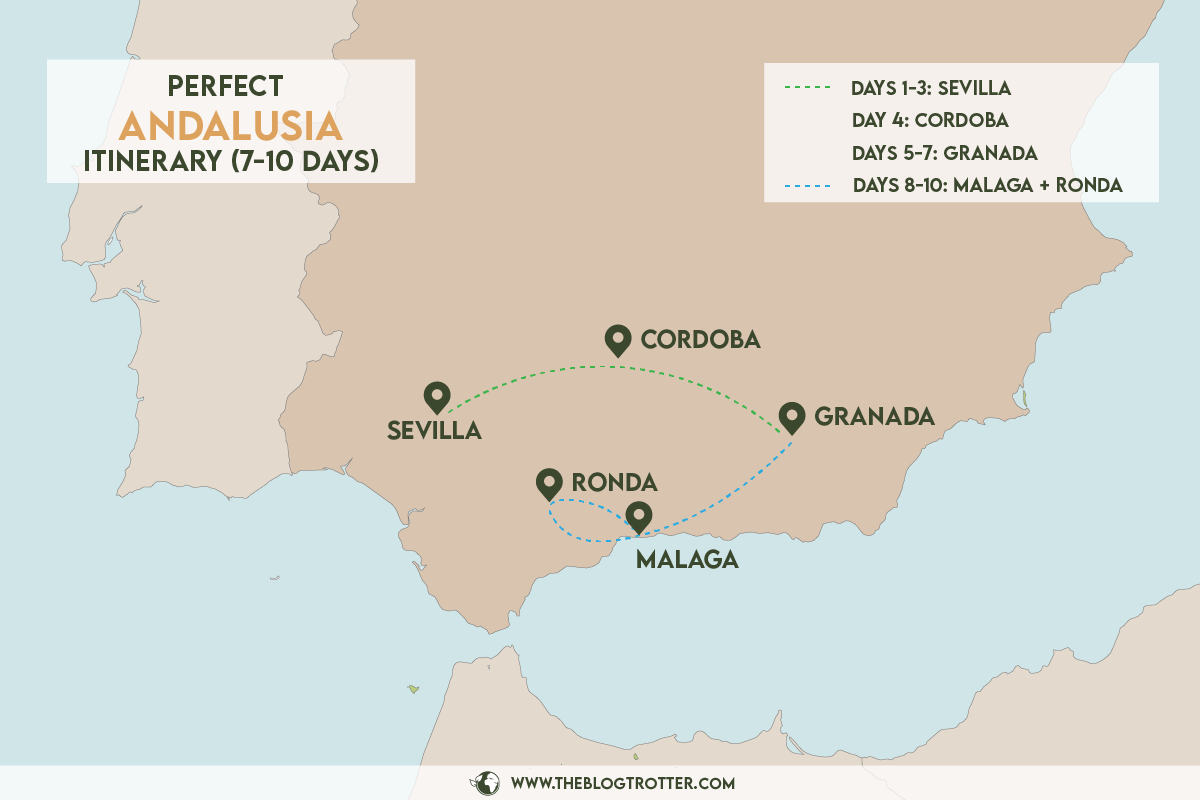
Days 1-3: Sevilla, The Heart of Andalusia
Start your Andalusia itinerary in Sevilla, the region’s largest city and cultural capital. With its mix of Gothic, Renaissance, and Moorish architecture, lively tapas bars, and world-famous flamenco shows, Sevilla is the perfect introduction to southern Spain.
Day 1: Arrival in Sevilla + First Impressions of the Old Town
Flying into Sevilla Airport (SVQ) is the easiest way to begin your Andalusian trip, with frequent low-cost connections across Europe. From the airport, bus EA Line “Airport special” runs every 30 minutes into the city center for 6€, or you can take a quick taxi ride. Check all information about reaching Sevilla’s city center from Sevilla airport by public transport here. If you’re arriving by train or bus, Sevilla Santa Justa Station is a major hub connected with Madrid, Malaga, and other Spanish cities.
Once checked in, I recommend heading straight to the Old Town. Wander through the winding alleys of Santa Cruz, admire the impressive Gothic cathedral, and climb La Giralda tower for sunset views. End your evening with tapas in one of the lively bars around Calle Mateos Gago.
Day 2: Sevilla’s Icons + Flamenco Evening
Dedicate your first full day to Sevilla’s star attractions. Start at the Real Alcázar, a stunning palace complex blending Islamic, Gothic, and Renaissance design. From here, stroll to Plaza de España, one of Spain’s most photogenic landmarks, and wander through the lush María Luisa Park. Then, if time allows, dive into the narrow streets of Triana, a neighborhood famed for ceramics and flamenco traditions. After dinner, end the day with a flamenco show in an intimate tablao, where you can feel the passion of this Andalusian art form.
👉 Check 12 amazing things to do in Sevilla if you are looking for a complete travel guide to Sevilla, Spain.
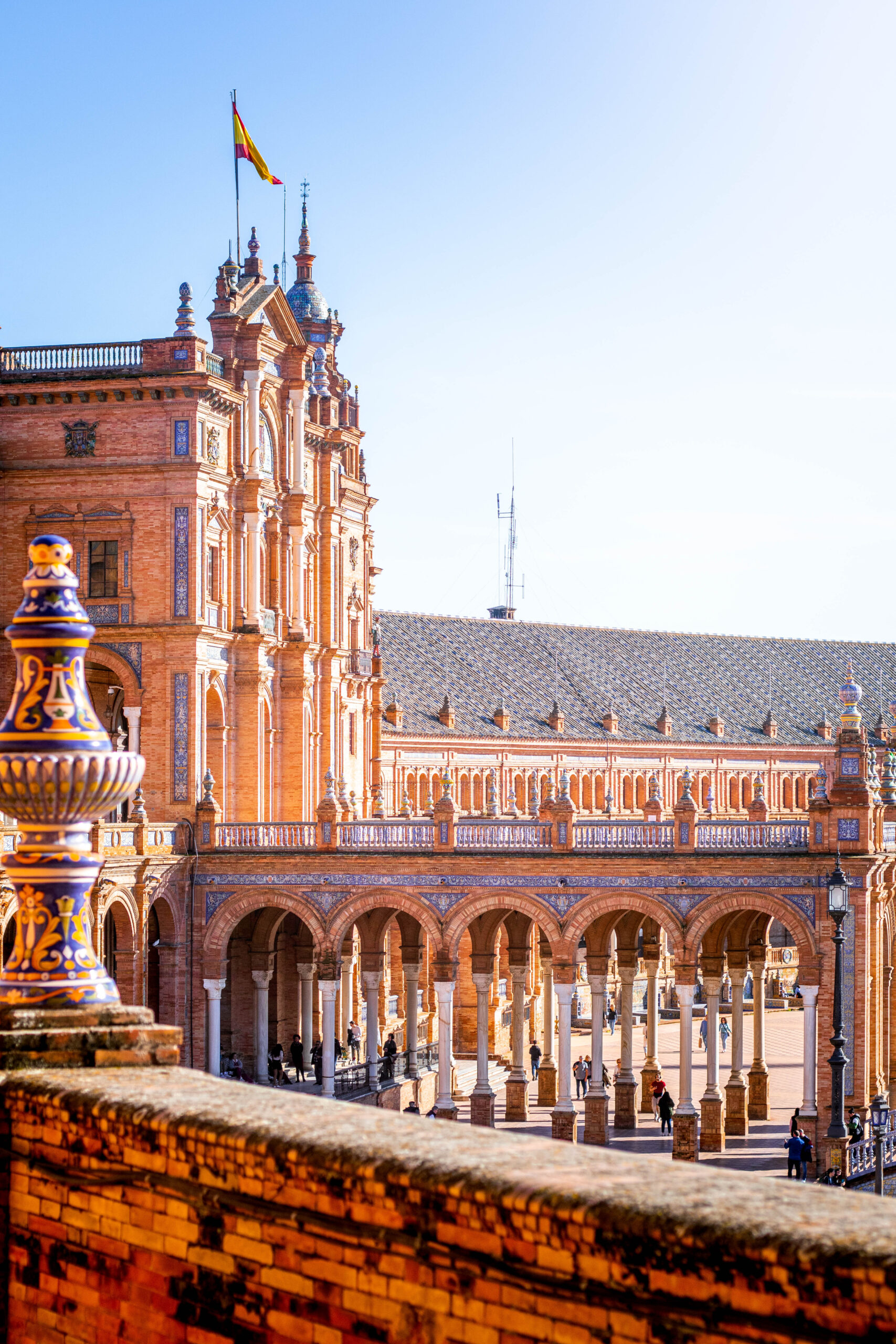

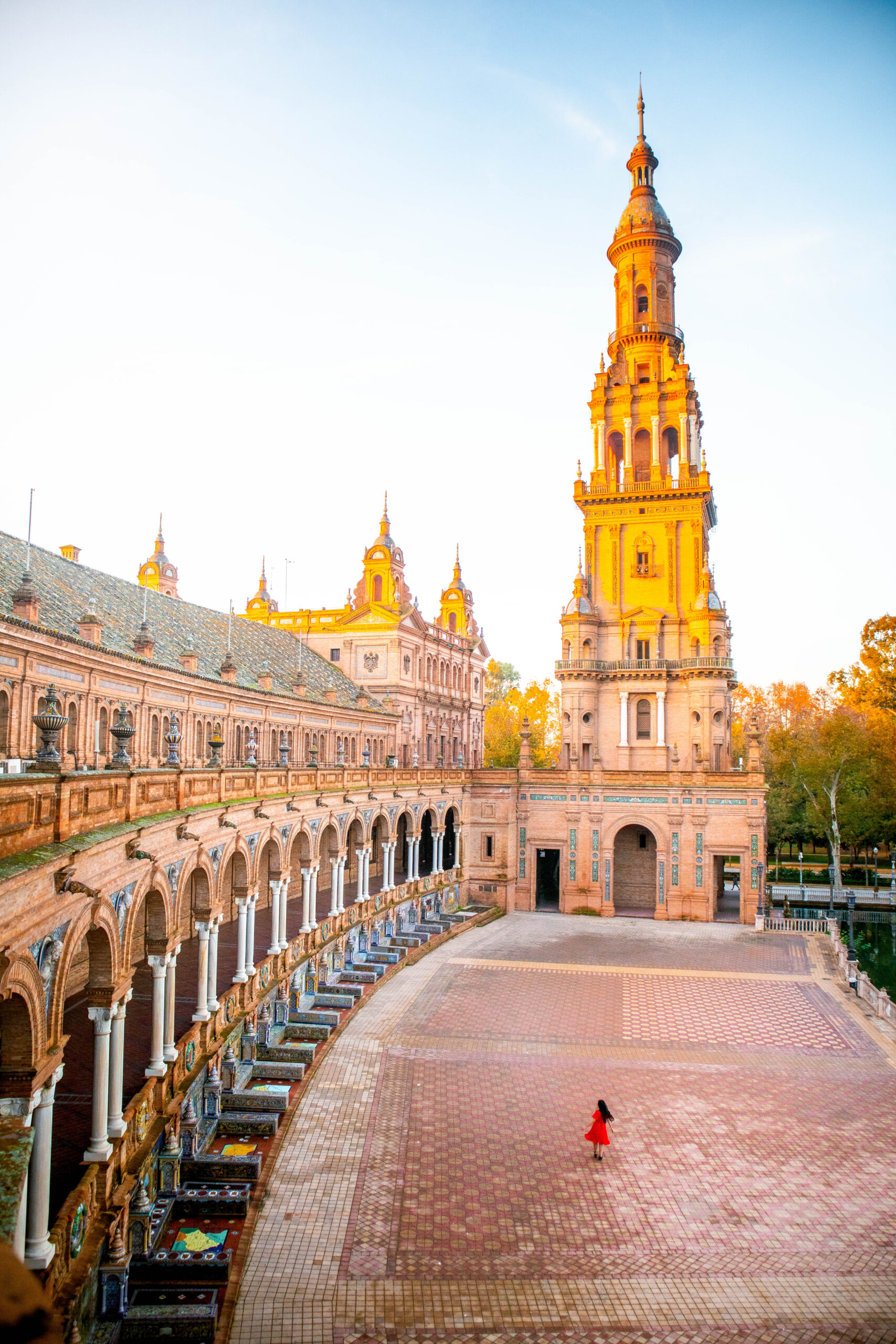
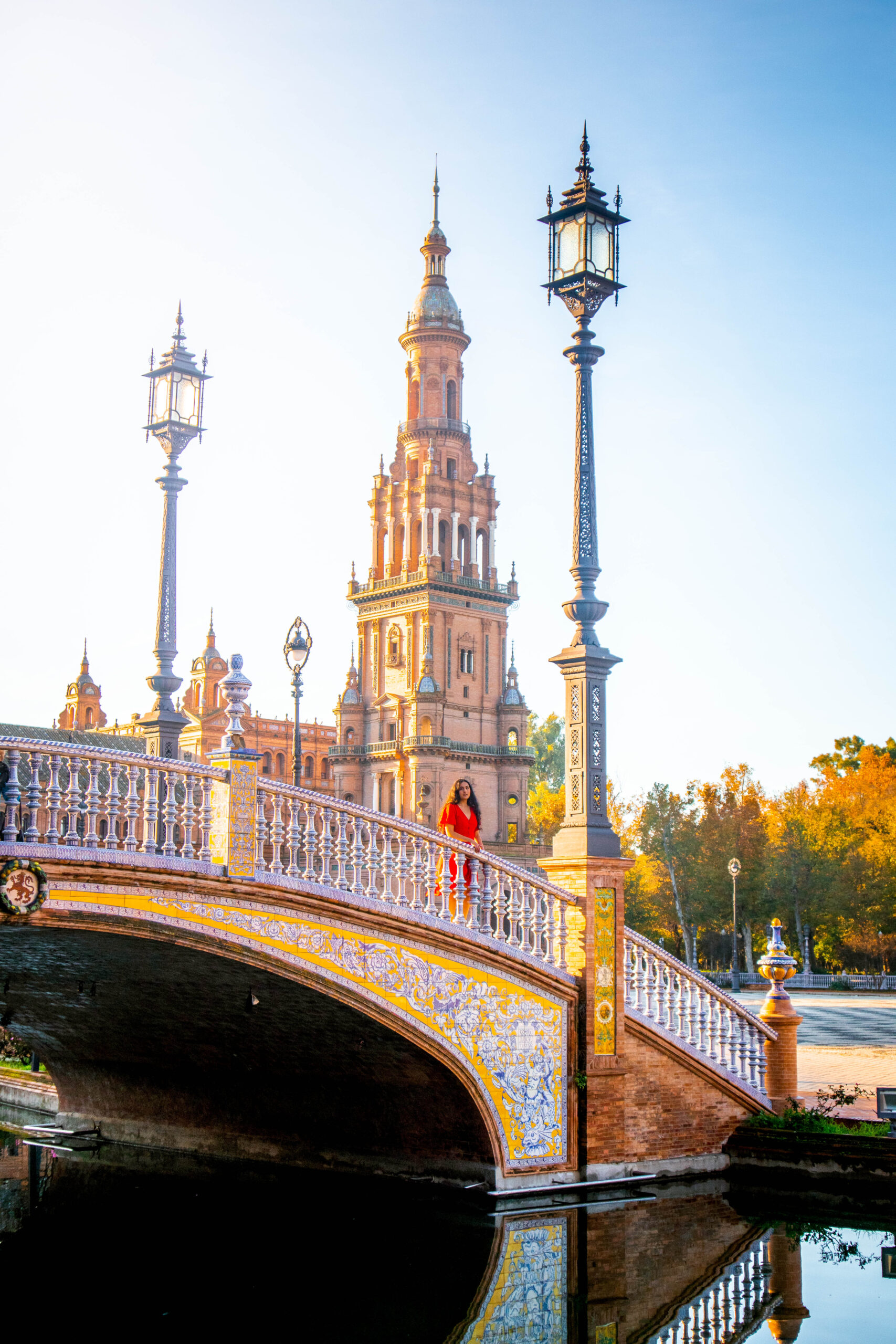
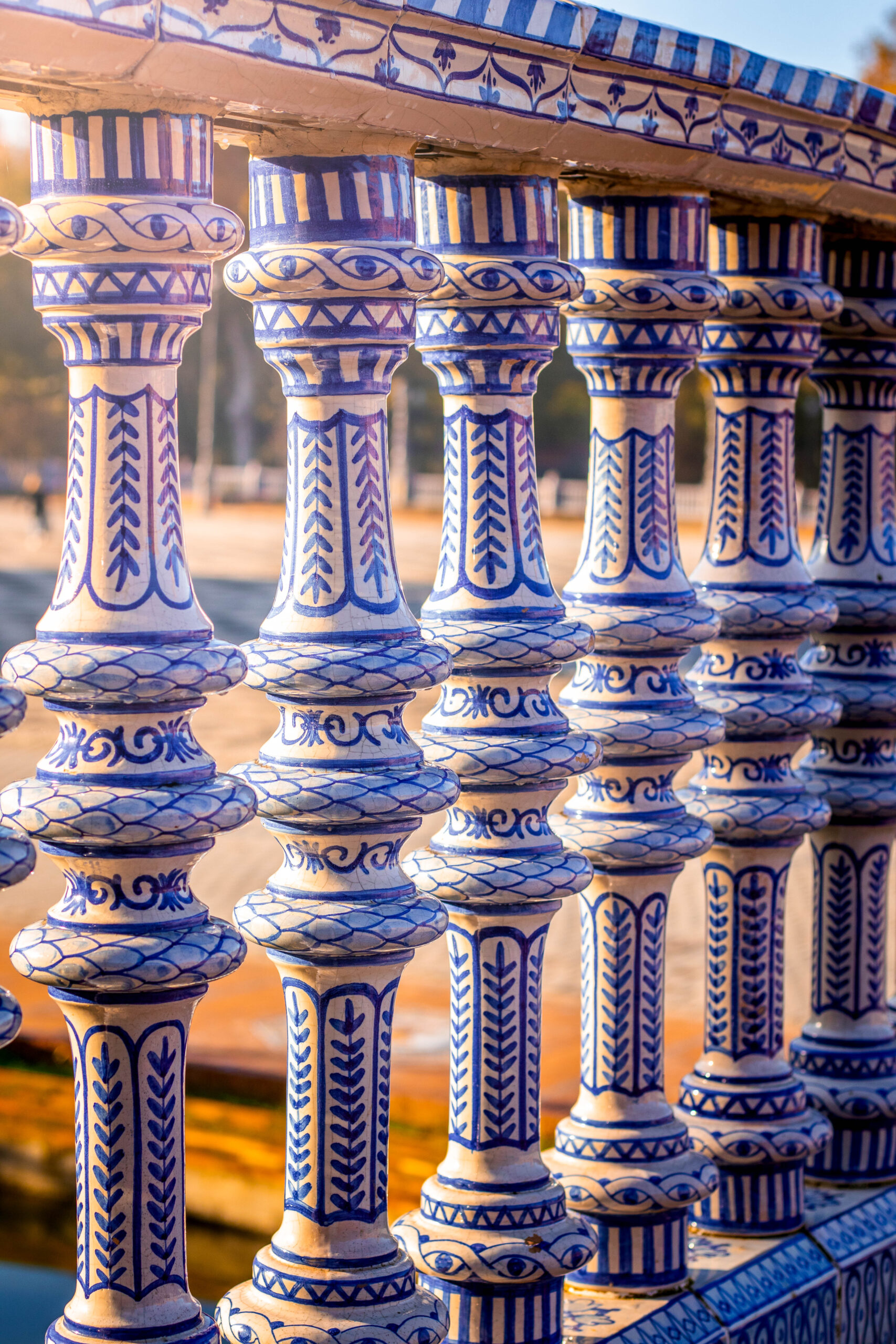
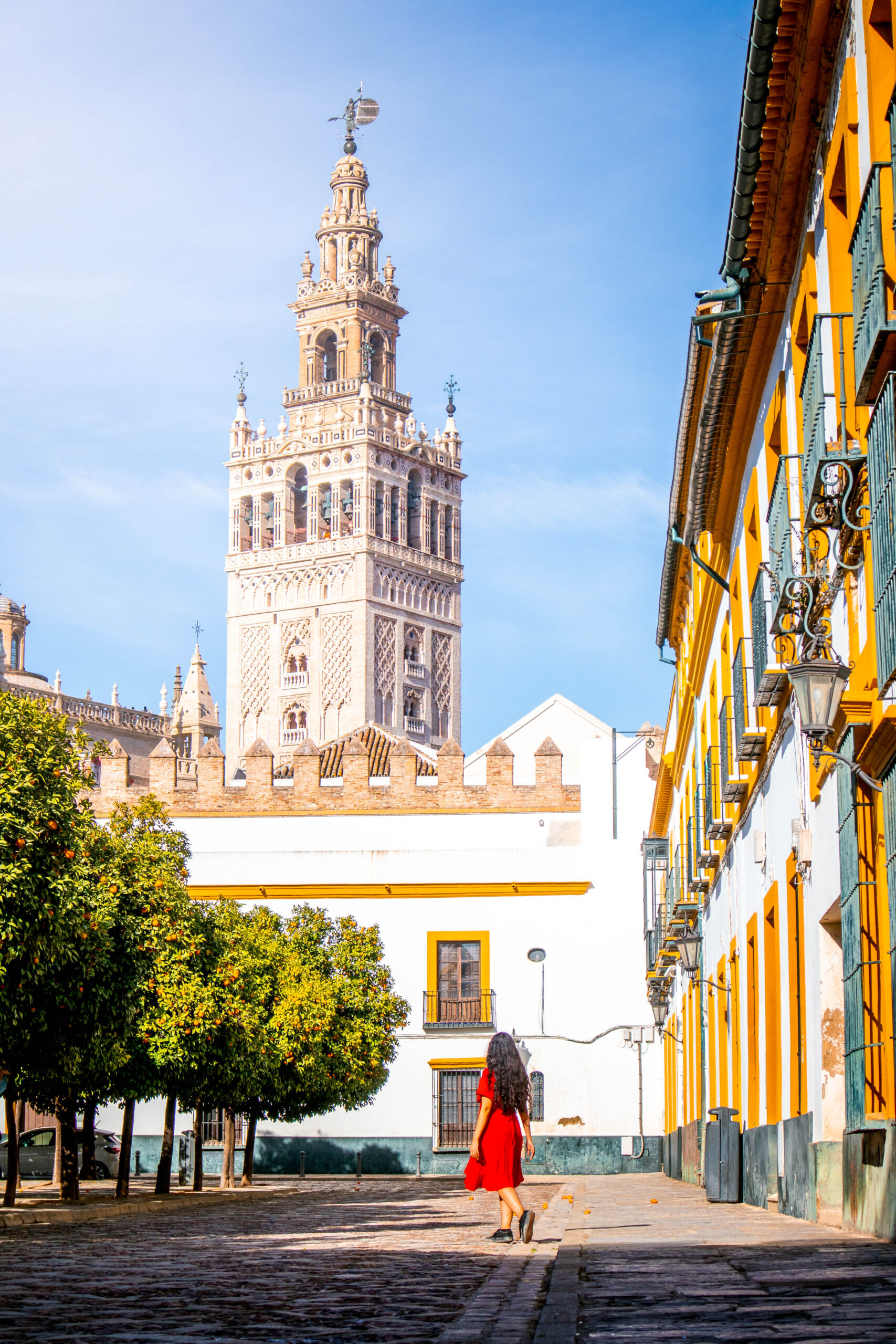
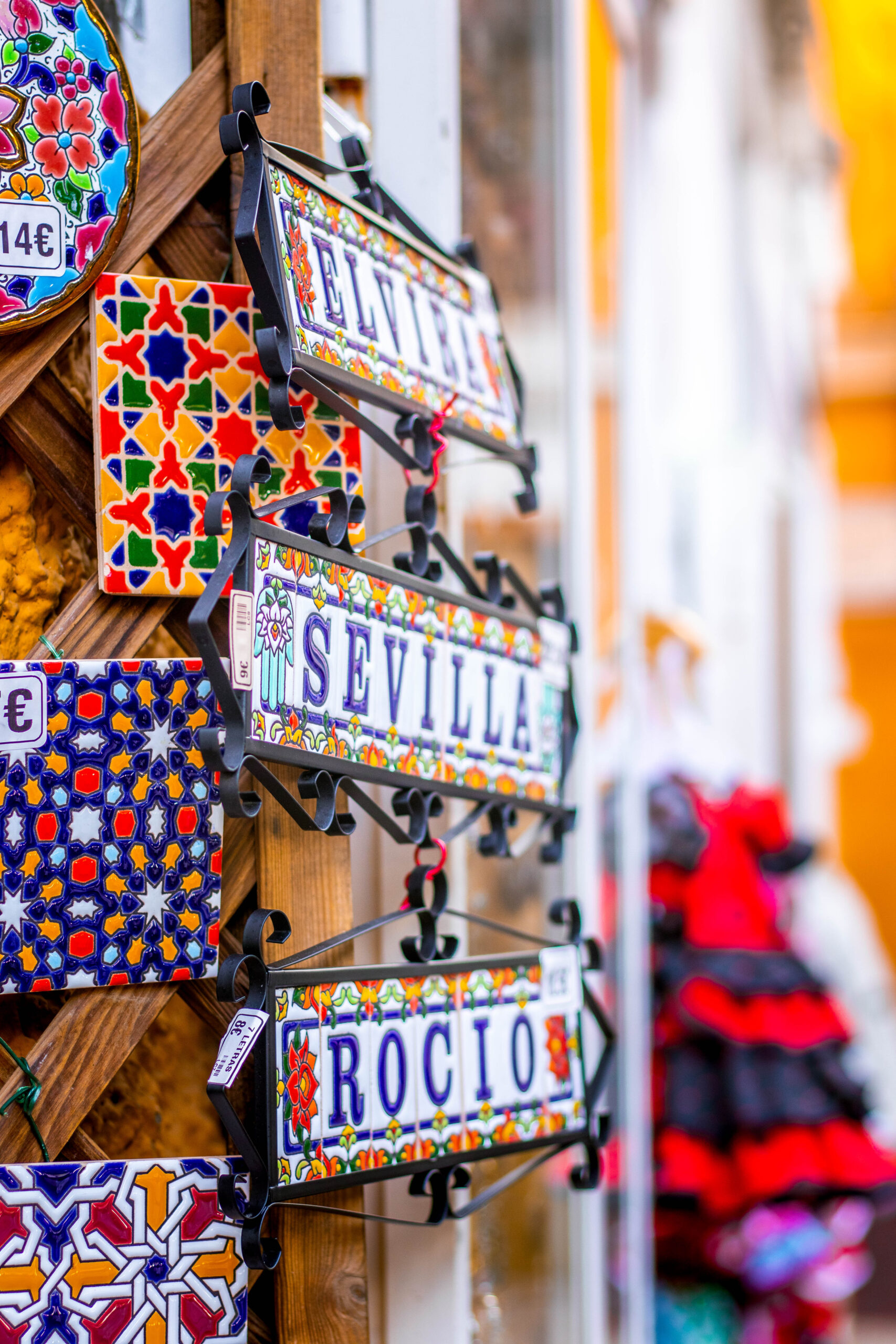
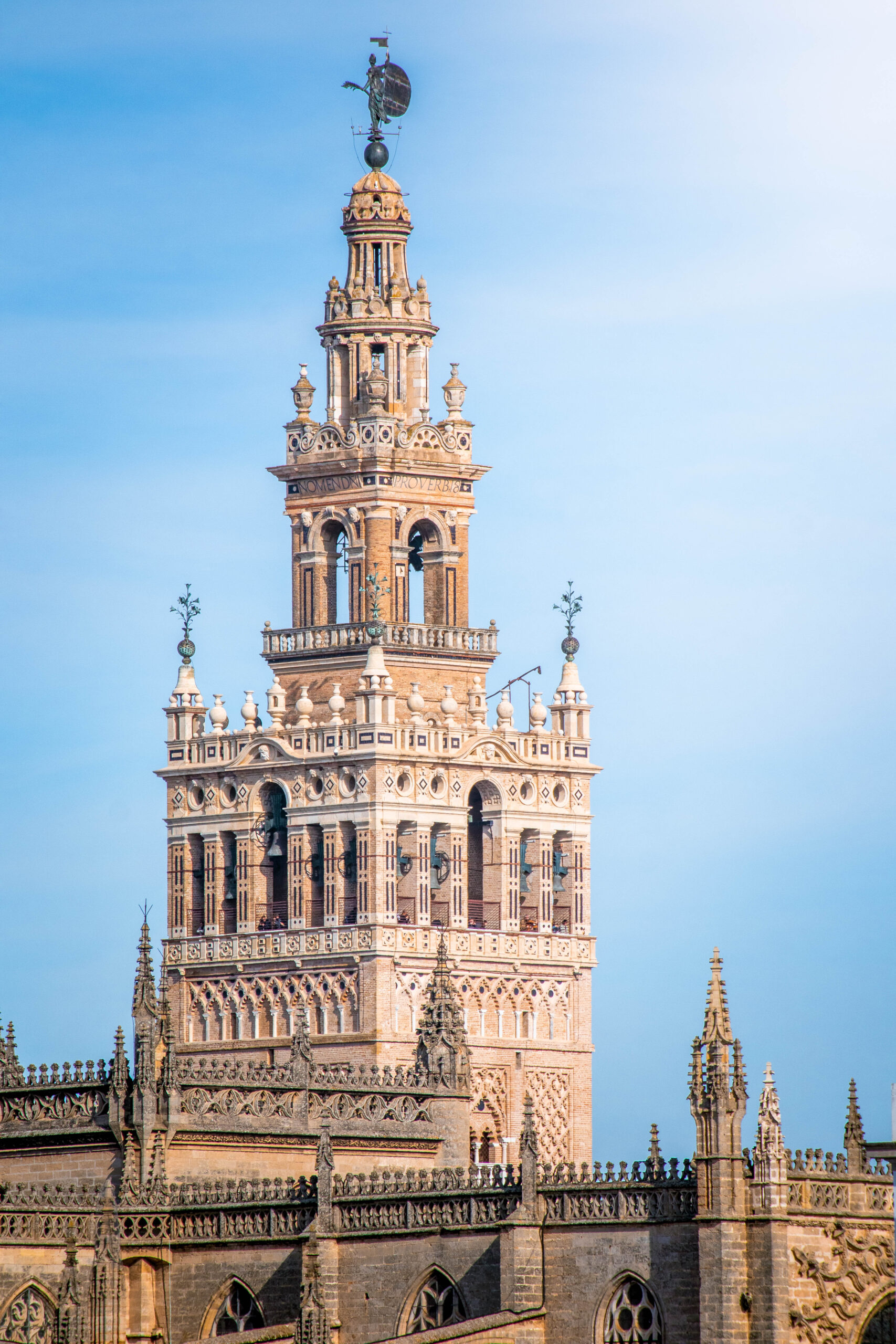
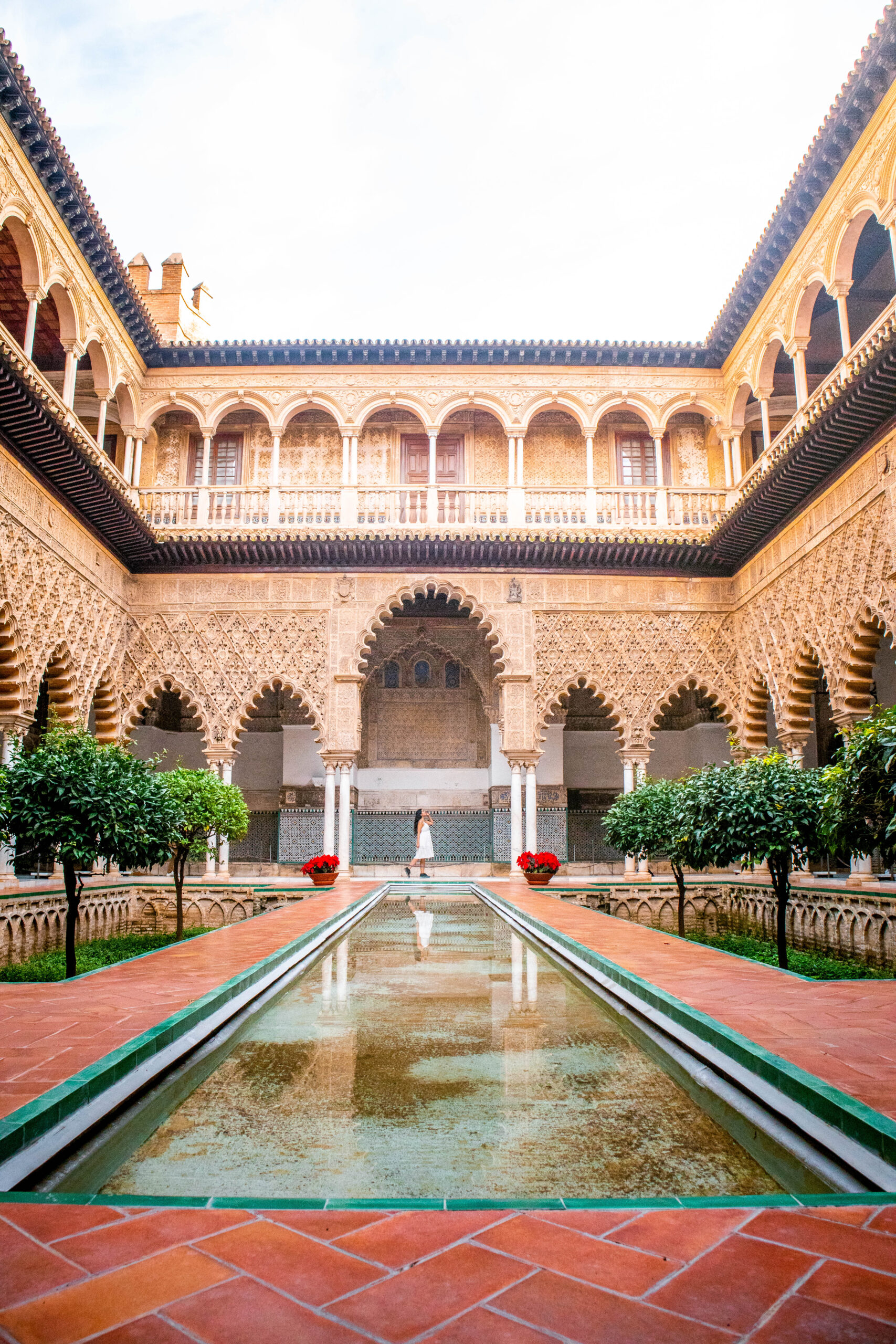

Day 3: Morning in Sevilla + Train to Córdoba
Spend your last morning soaking up Sevilla’s atmosphere. Consider visiting Metropol Parasol, the futuristic wooden structure offering sweeping city views, or enjoy a relaxed breakfast in one of the Old Town cafés, or both! When it is time to move on, catch a high-speed train from Sevilla Santa Justa to Córdoba. The journey takes just 45 minutes, with frequent departures throughout the day, and tickets booked in advance can cost as little as €12.
🚊 Check Sevilla-Córdoba trains timetable and prices here.
Once in Córdoba, check in to your accommodation and stretch your legs with an evening stroll. My recommendation for the end of the day is to cross the Roman Bridge as the sun sets. To me, it was a perfect first glimpse of Córdoba and a magical way to end the day.
Where to stay in Sevilla?
Sevilla has a wide range of accommodation, from budget hostels to boutique hotels in historic buildings. The best areas to stay are the Old Town (Casco Antiguo), for easy access to landmarks like the Cathedral and Alcázar, and Triana, a lively riverside district known for flamenco and tapas.
🛏️ Voir plus available accommodation in Sevilla.
Please note that the prices mentioned above are indicated per night and based on the prices indicated in 2025. Prices are subject to fluctuation according to supply and demand, time of the year, and the will of the owners.
Day 4: Córdoba – Mezquita & Historic Center
The next stop on this Andalusia itinerary is Córdoba, a city that once stood as the glittering capital of Moorish Spain. Its historic core is compact yet packed with treasures, blending Islamic, Jewish, and Christian influences in a way that feels uniquely Andalusian.
Start your morning with a visit to the Mezquita-Catedral, Córdoba’s crown jewel. Its forest of red-and-white arches and unique blend of mosque and cathedral architecture make it one of the most remarkable monuments in Spain. From here, step into the narrow lanes of the Jewish Quarter and stroll along Calleja de las Flores, a picture-perfect alley lined with flower-filled balconies. Afterwards, seek out some of Córdoba’s famous patios, traditional courtyards filled with plants and fountains that offer a refreshing escape from the midday sun.
👉 Check 12 amazing things to do in Córdoba if you are looking for a complete travel guide to Córdoba, Spain.
Enjoy a relaxed lunch in one of the shady plazas before picking up your bags and returning to the train station to catch the train to Granada.
🚊 The train journey from Córdoba to Granada usually lasts around 2.5 hours and should cost between 19€ and 40€ depending on the provider. Check Córdoba-Granada trains timetable and prices here.
During the 10th century, Córdoba was one of the largest cities in the world, with around half a million inhabitants, making it a major hub for science, philosophy, and culture in medieval Europe.
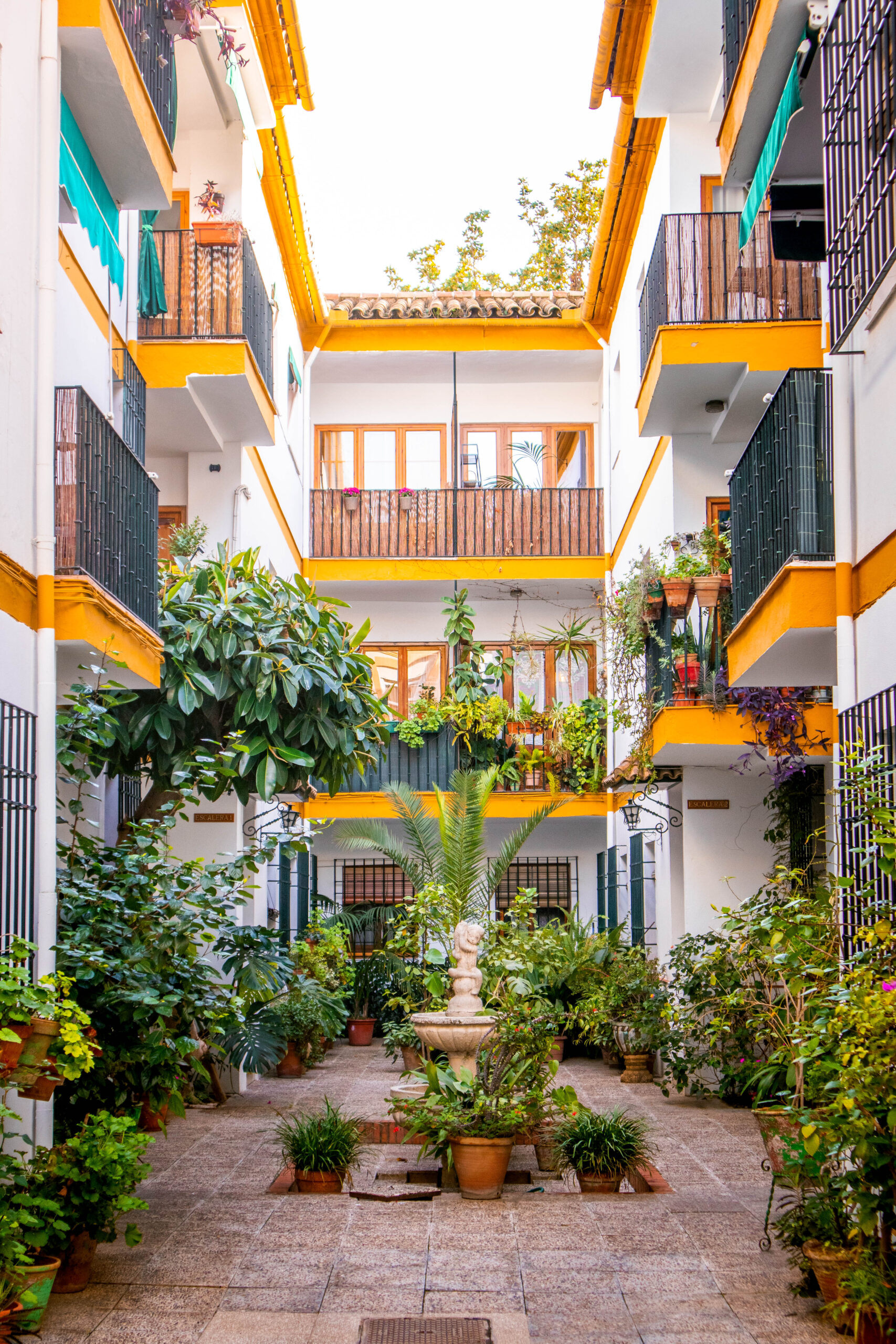
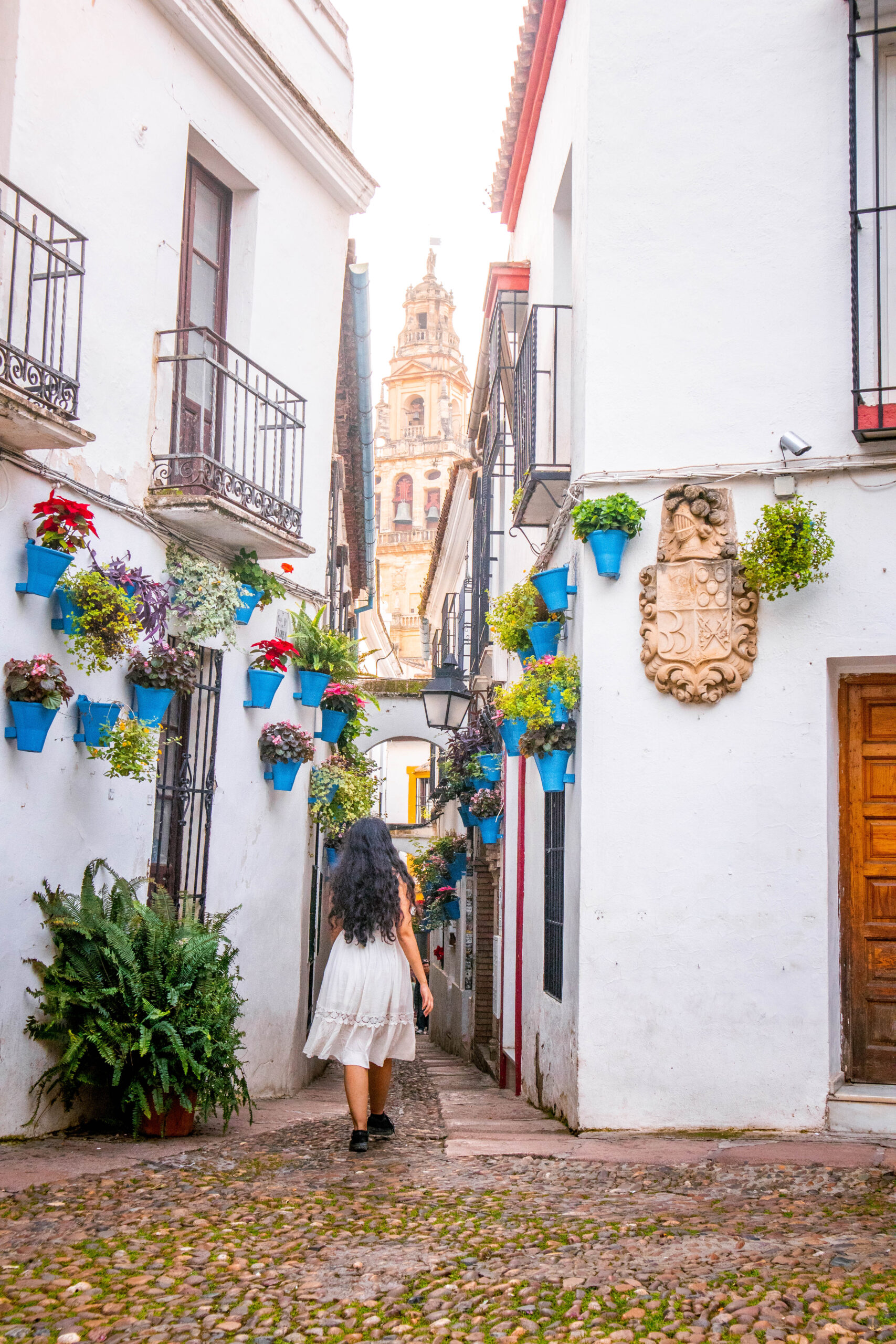
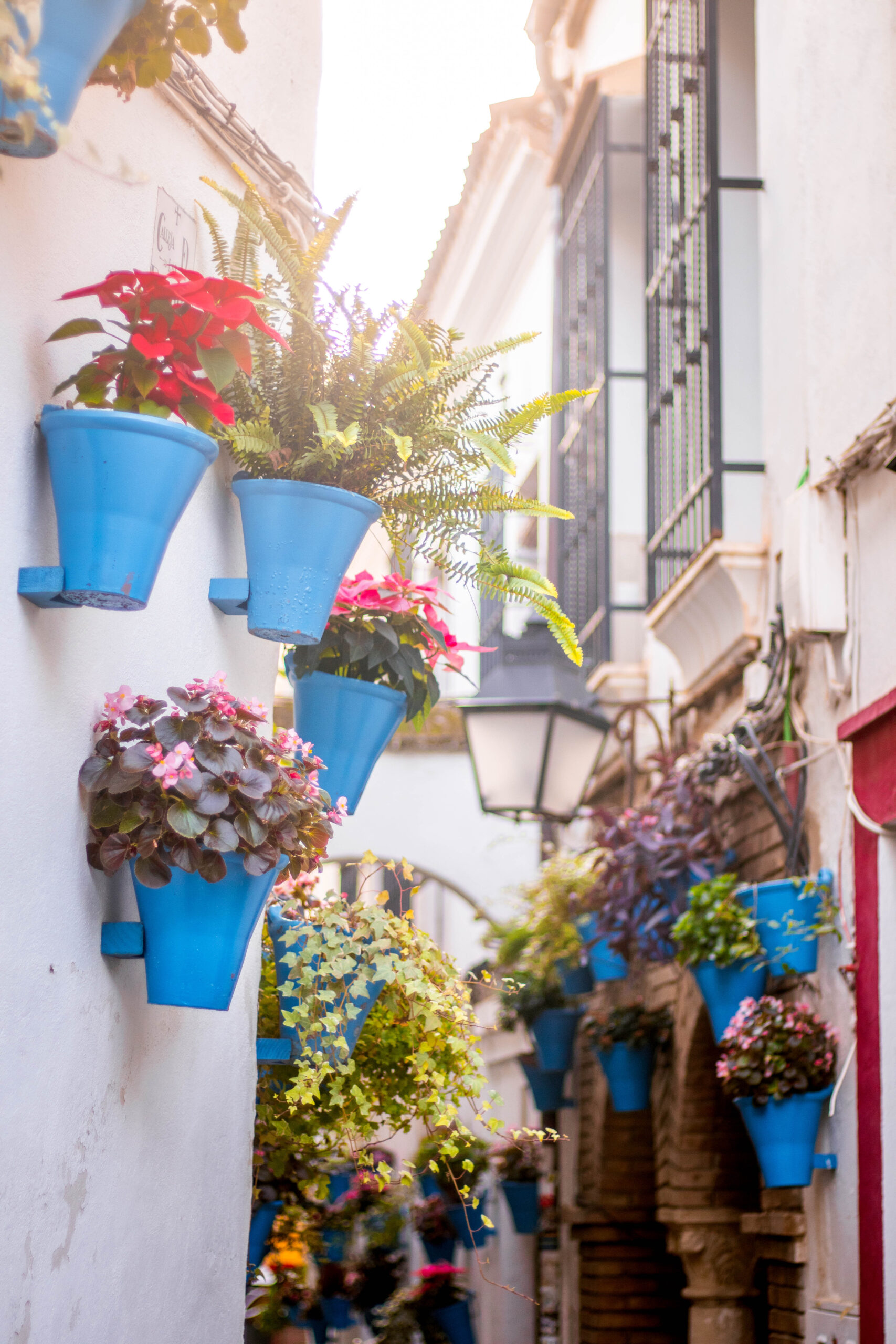
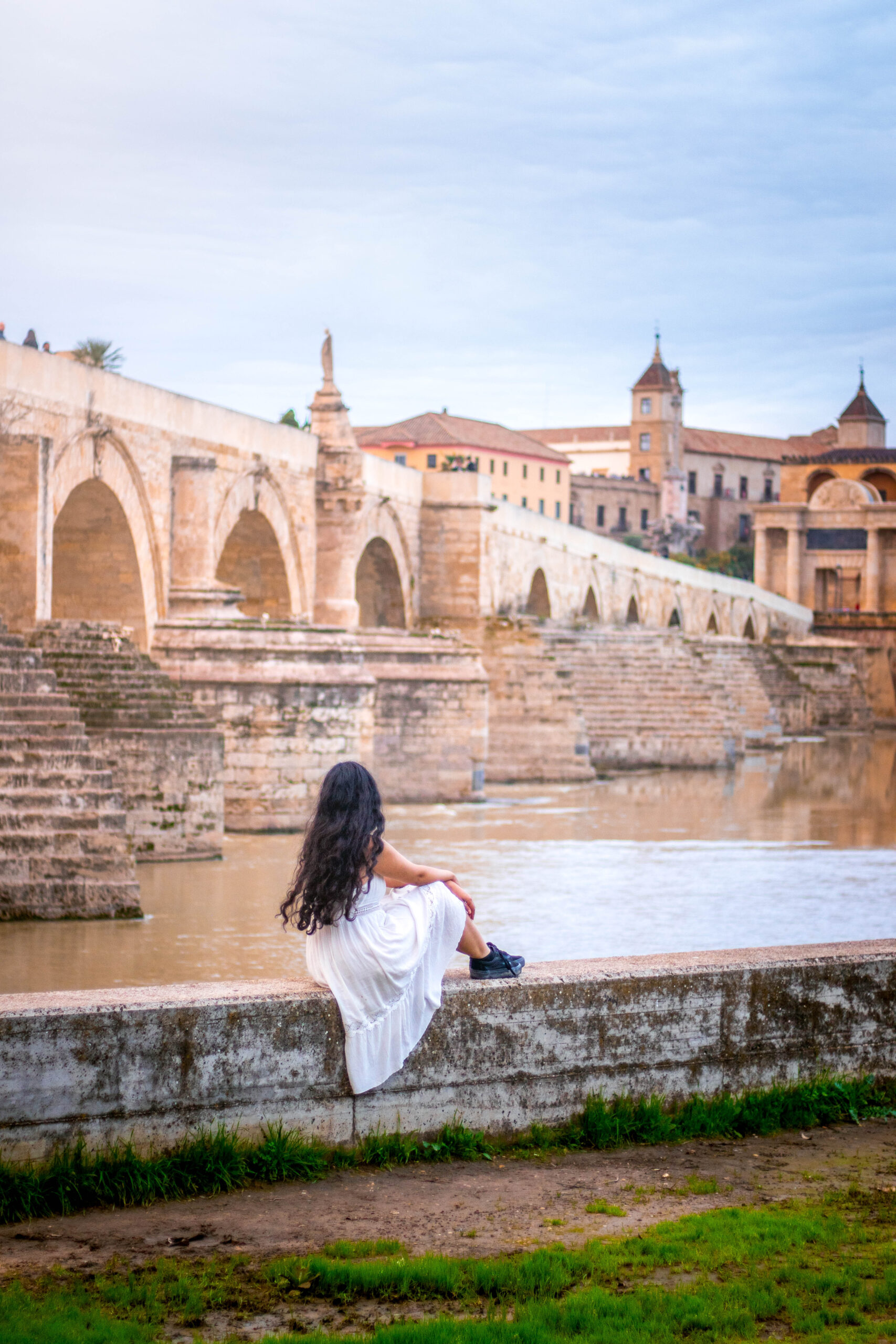
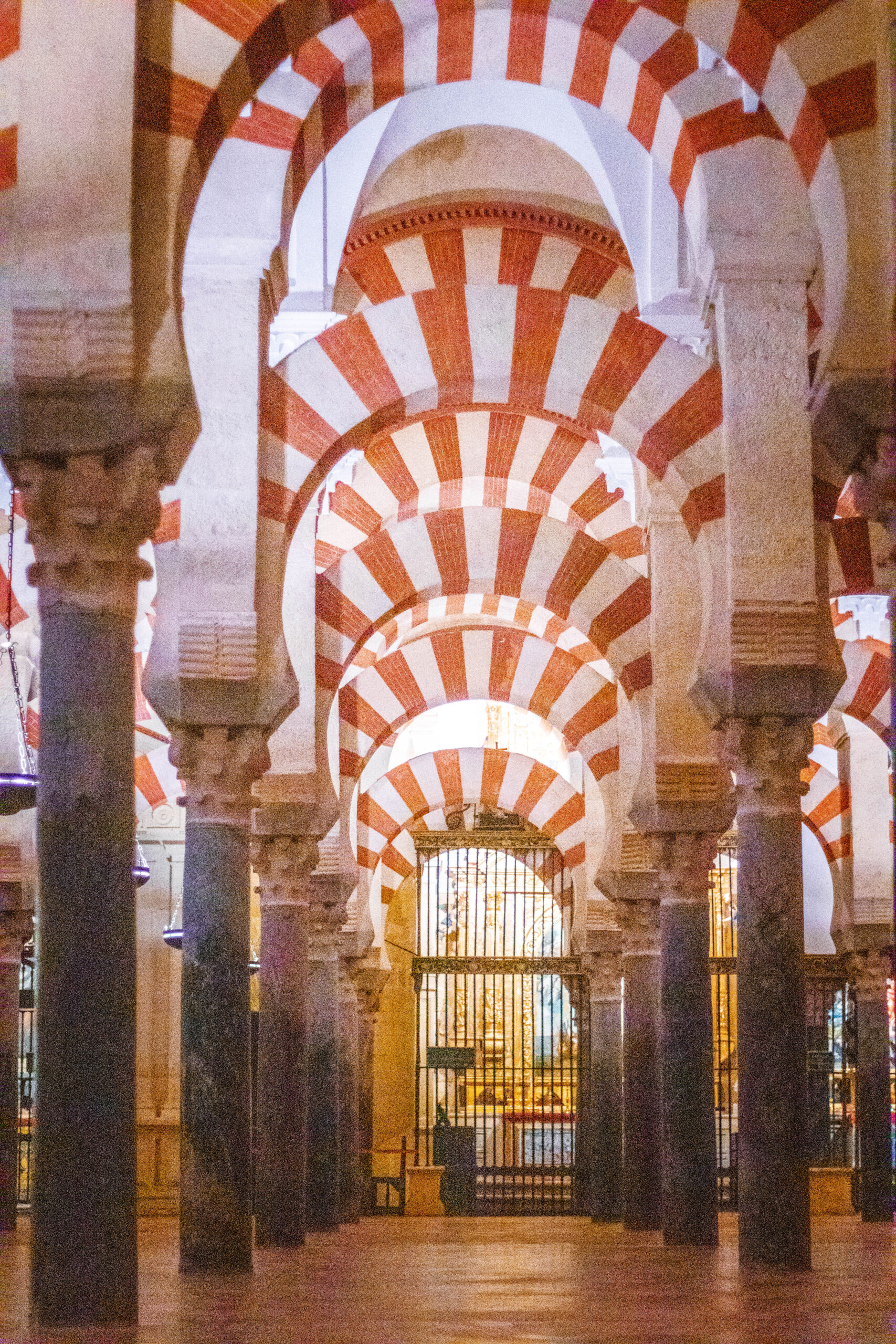
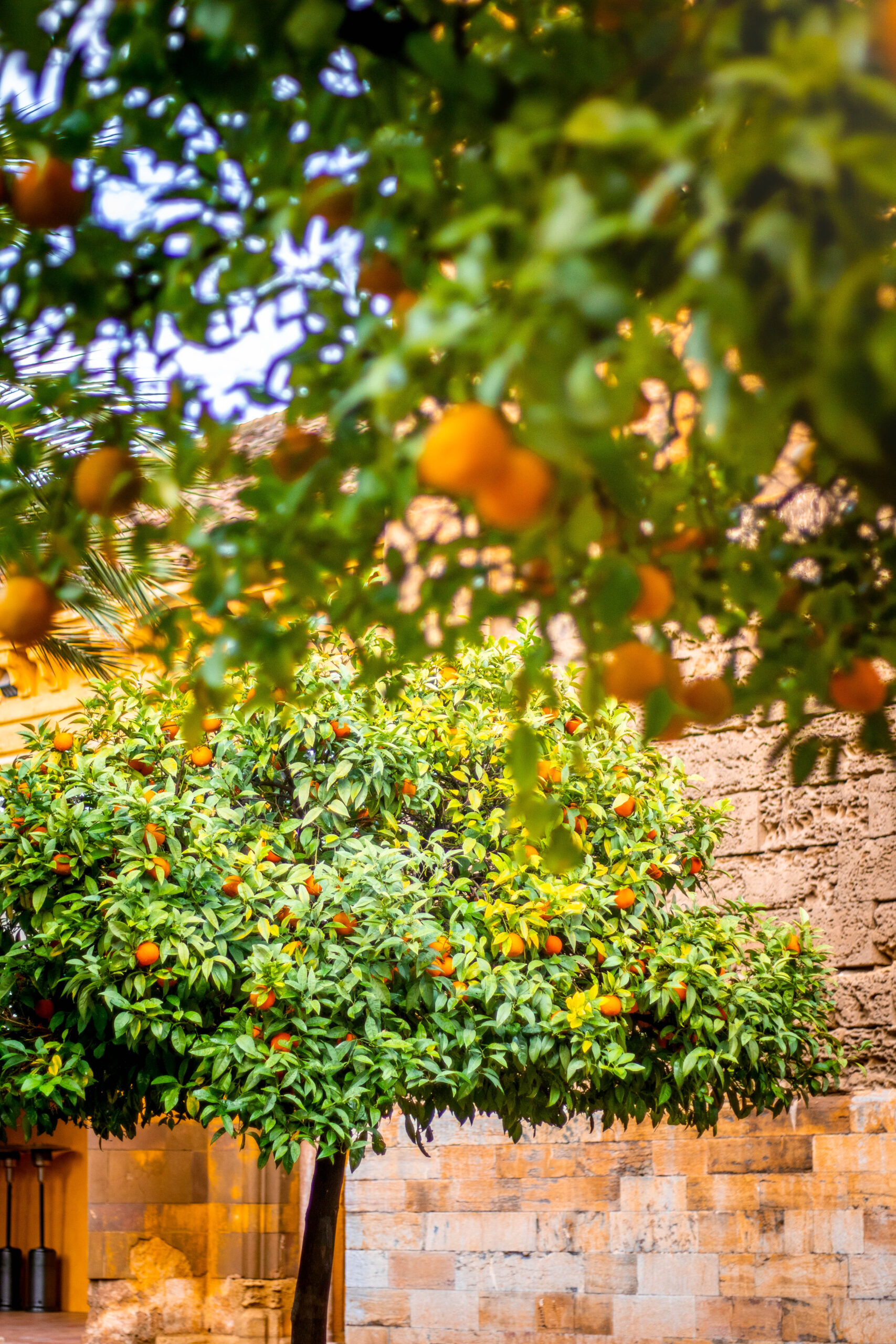
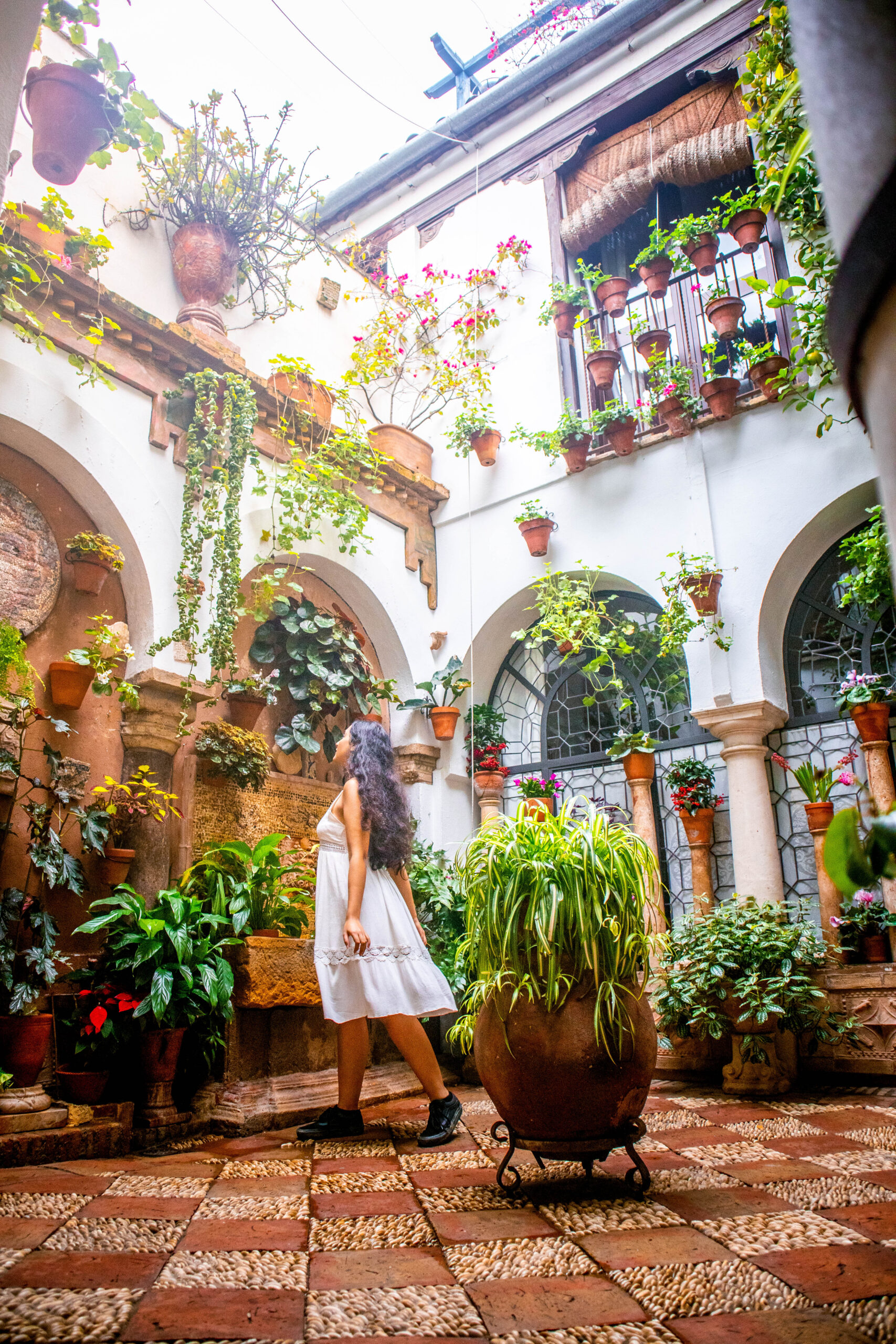
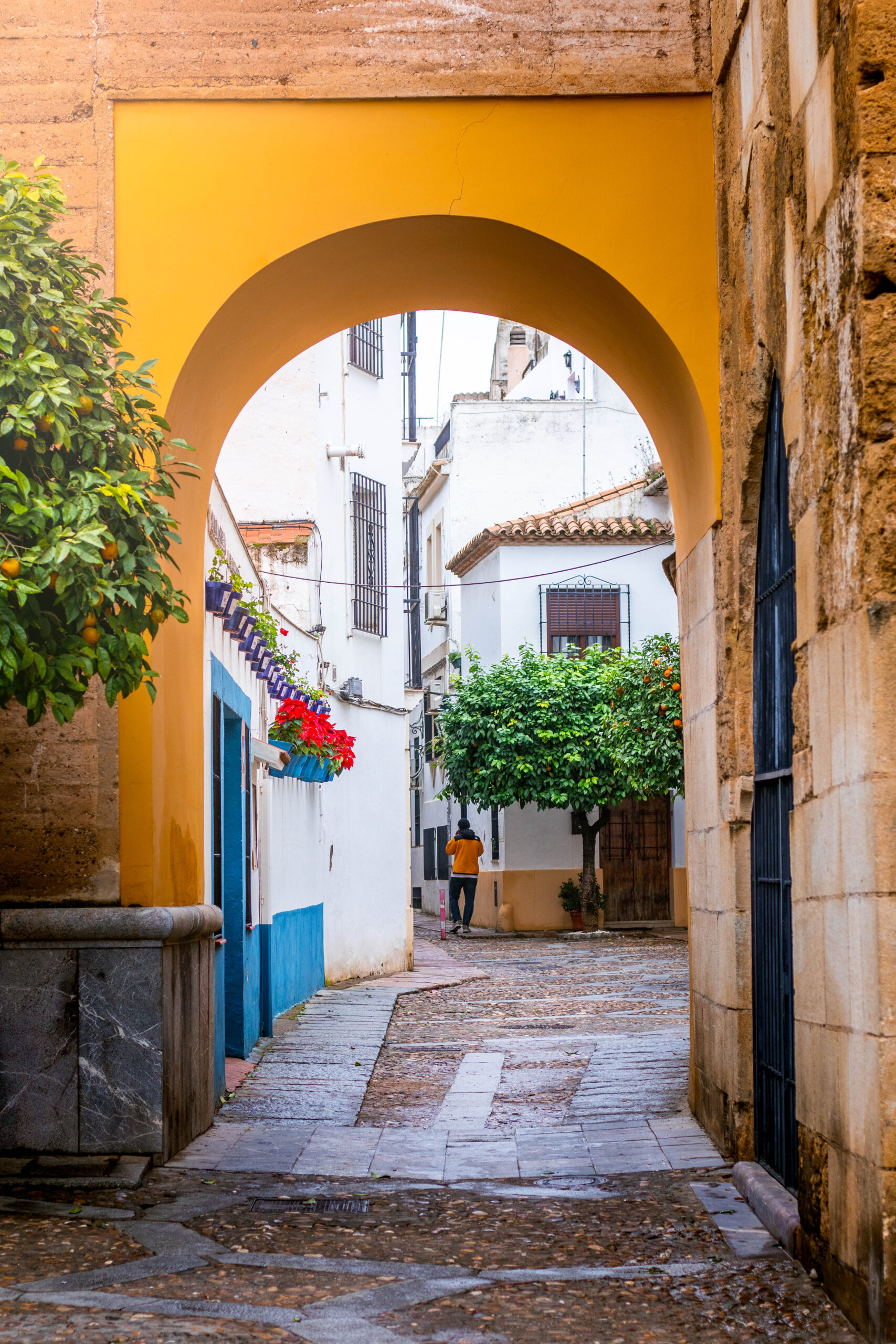
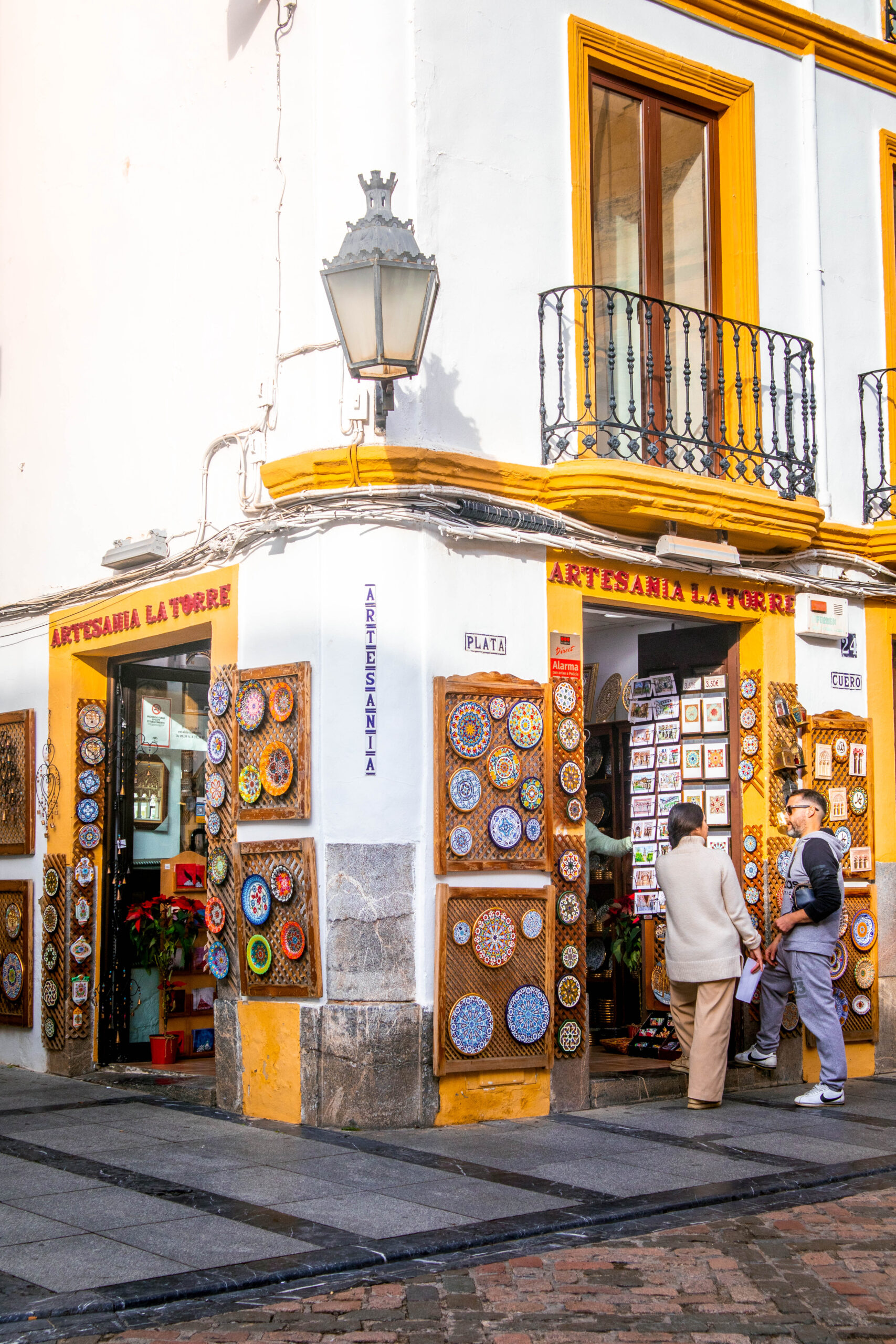
Where to stay in Córdoba?
Córdoba offers plenty of charming places to stay, from simple guesthouses to elegant hotels. For convenience, the best area is around the Old Town, especially near the Mezquita, where you’ll be within walking distance of most major sights.
🛏️ Voir plus available accommodation in Córdoba.
Please note that the prices mentioned above are indicated per night and based on the prices indicated in 2025. Prices are subject to fluctuation according to supply and demand, time of the year, and the will of the owners.
Days 5–7: Granada - The Alhambra & Beyond
Granada is one of the highlights of this Andalusia itinerary, thanks to its Moorish heritage and dramatic mountain backdrop. With three nights here, you’ll have plenty of time to explore both iconic sites and local neighborhoods, such as the winding streets of the Albaicín and the flamenco caves of Sacromonte.
Day 5: Granada's main highlights
Begin your day with a visit to the Alhambra, one of Spain’s most visited landmarks and a UNESCO World Heritage Site. Stroll through the Nasrid Palaces, admire the Generalife Gardens, and take in sweeping views over Granada from the fortress walls. Tickets often sell out weeks in advance, so be sure to book ahead.
In the afternoon, wander the Albaicín, the old Moorish quarter, with its cobbled streets and whitewashed houses. End your day at the Mirador de San Nicolás, where you’ll watch the sun set behind the Alhambra and Sierra Nevada mountains.

Day 6: More to explore in Granada
Granada is not just about the Alhambra. Start your morning at the Royal Chapel et une Granada Cathedral, impressive Renaissance monuments that showcase the city’s Catholic heritage. Inside the chapel, you’ll find the tombs of Ferdinand and Isabella, the monarchs who united Spain.
In the afternoon, head to Sacromonte, a district famous for its cave houses. Here, you can explore the Museo Cuevas del Sacromonte, which gives a fascinating glimpse into the traditional cave-dwelling lifestyle of the area. As evening falls, embrace one of Granada’s best traditions: a tapas crawl. Many bars still serve a free tapa with each drink, making it both a delicious and budget-friendly way to spend the night.
👉 Check 12 best things to do in Granada if you are looking for a complete travel guide to Granada, Spain.
Day 7: Morning in Granada + Train to Málaga
Enjoy a final morning in Granada in the morning. Whether it’s revisiting the Albaicín for one last stroll, picking up souvenirs at a local market, or enjoying a slow coffee on a sunny terrace, take the time to savor the city’s relaxed atmosphere.
Travelers on a 7-day Andalusia itinerary can wrap up their trip here, flying out from Granada Airport, which has connections to several European cities.
If you are lucky to spend more time in Andalusia, then catch a bus or train to Málaga.
🚊 The train journey from Granada to Málaga runs 3 times a day, usually lasts around 1.5 hour and costs 23€. Alternatively, buses run more frequently and take 2 hours. Check Granada-Málaga trains and buses timetable and prices here.
Once in Málaga, spend your evening exploring the historic center, where elegant squares and lively tapas bars set the tone. End with a walk along the seaside promenade, the perfect introduction to this vibrant coastal city.
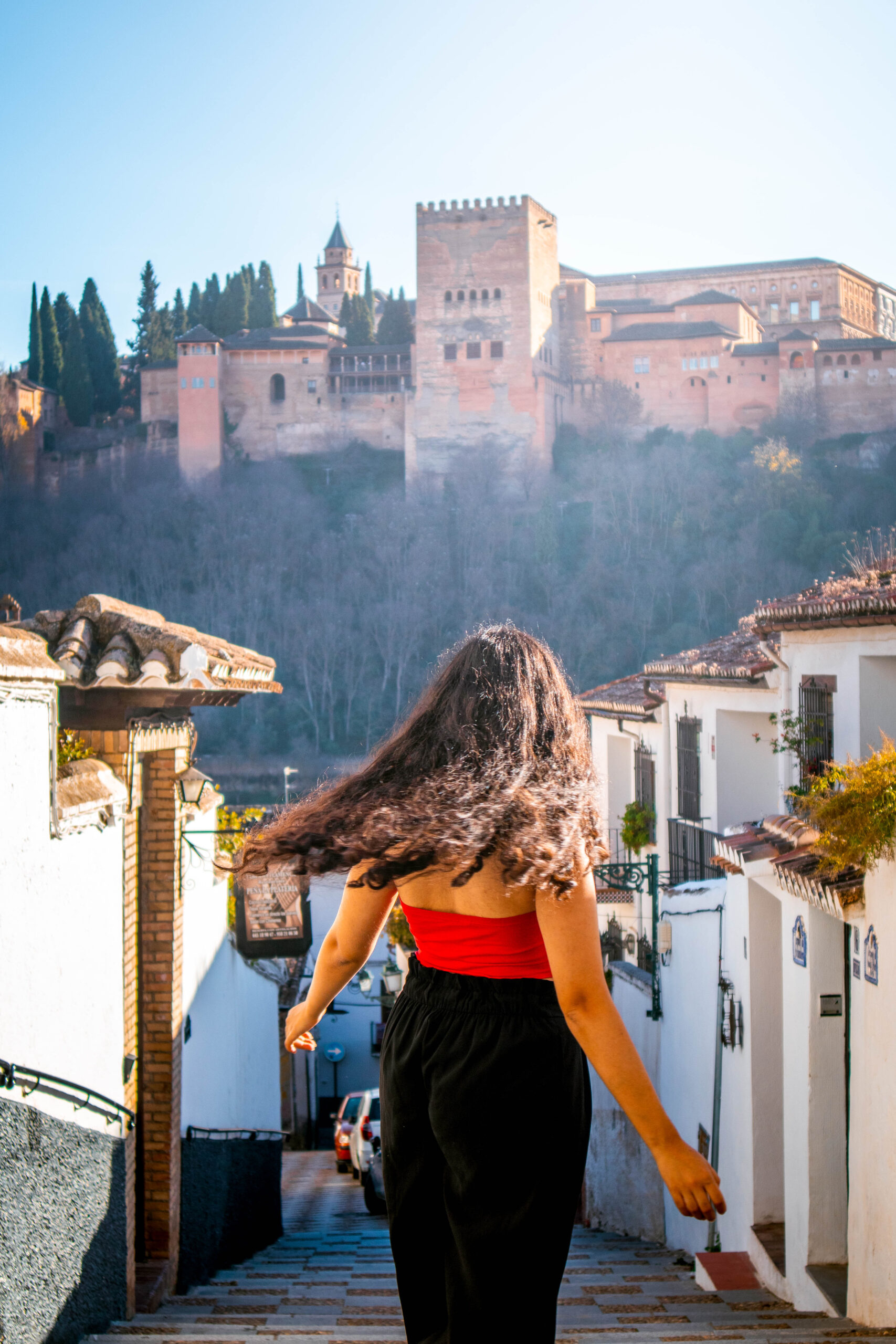
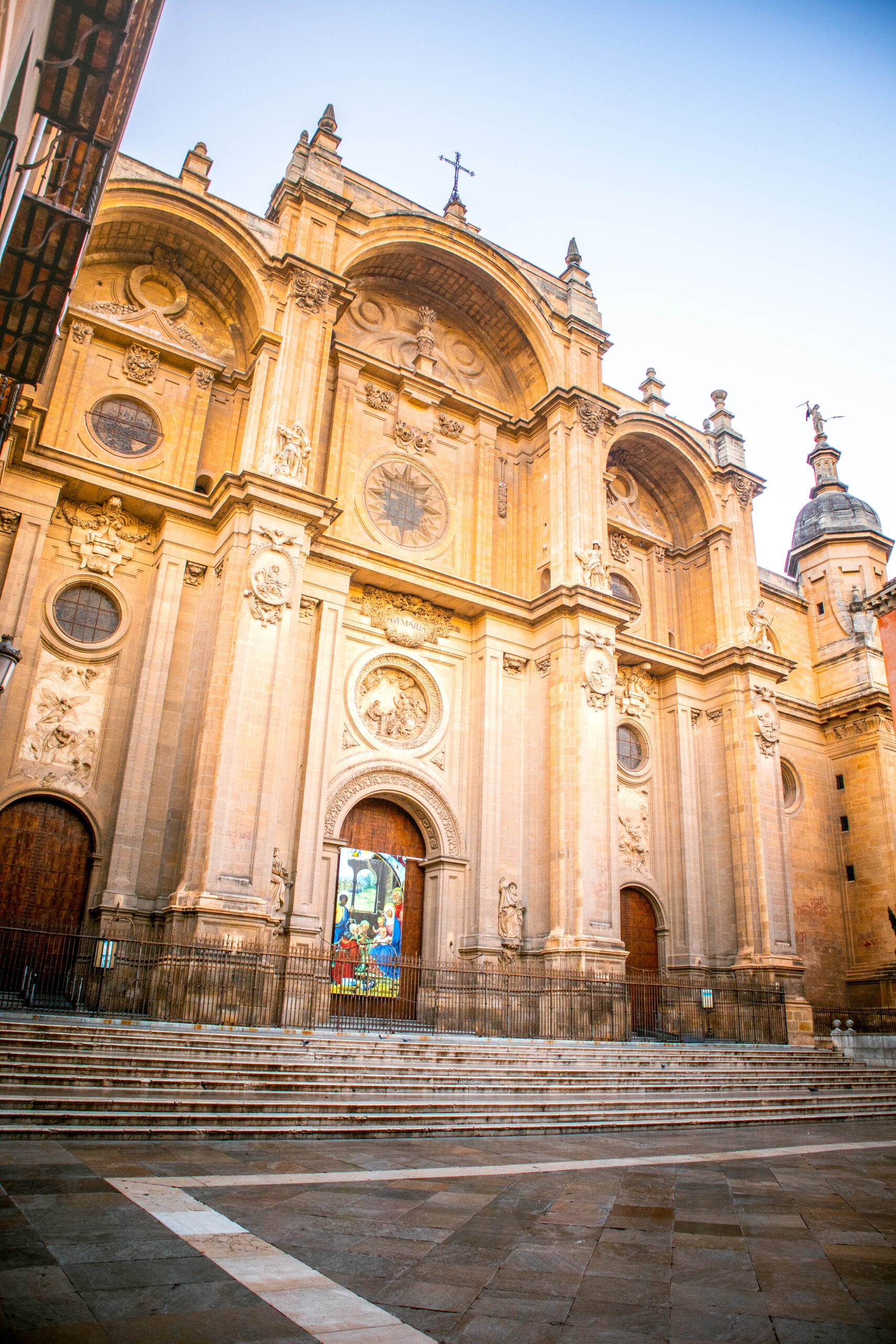
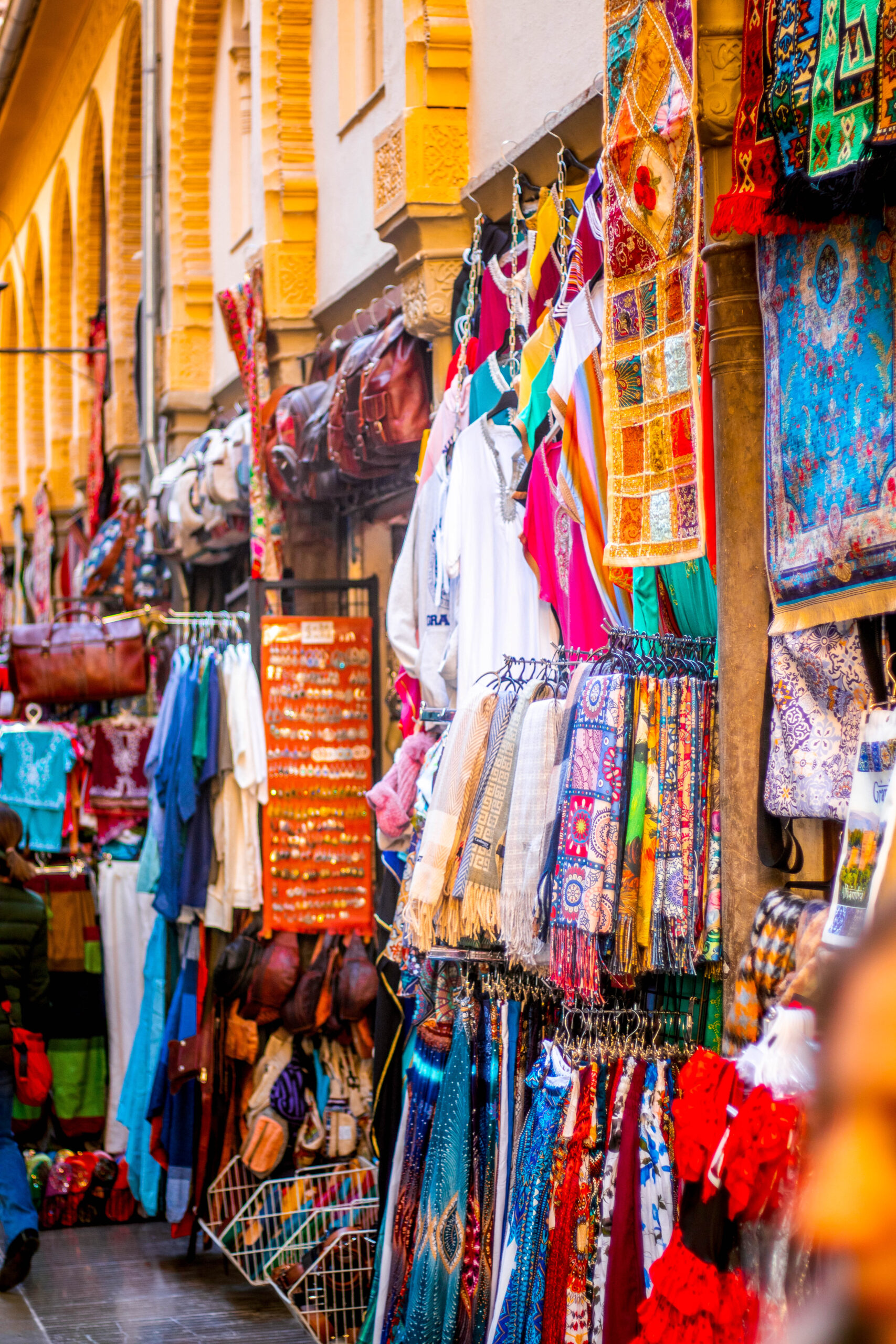
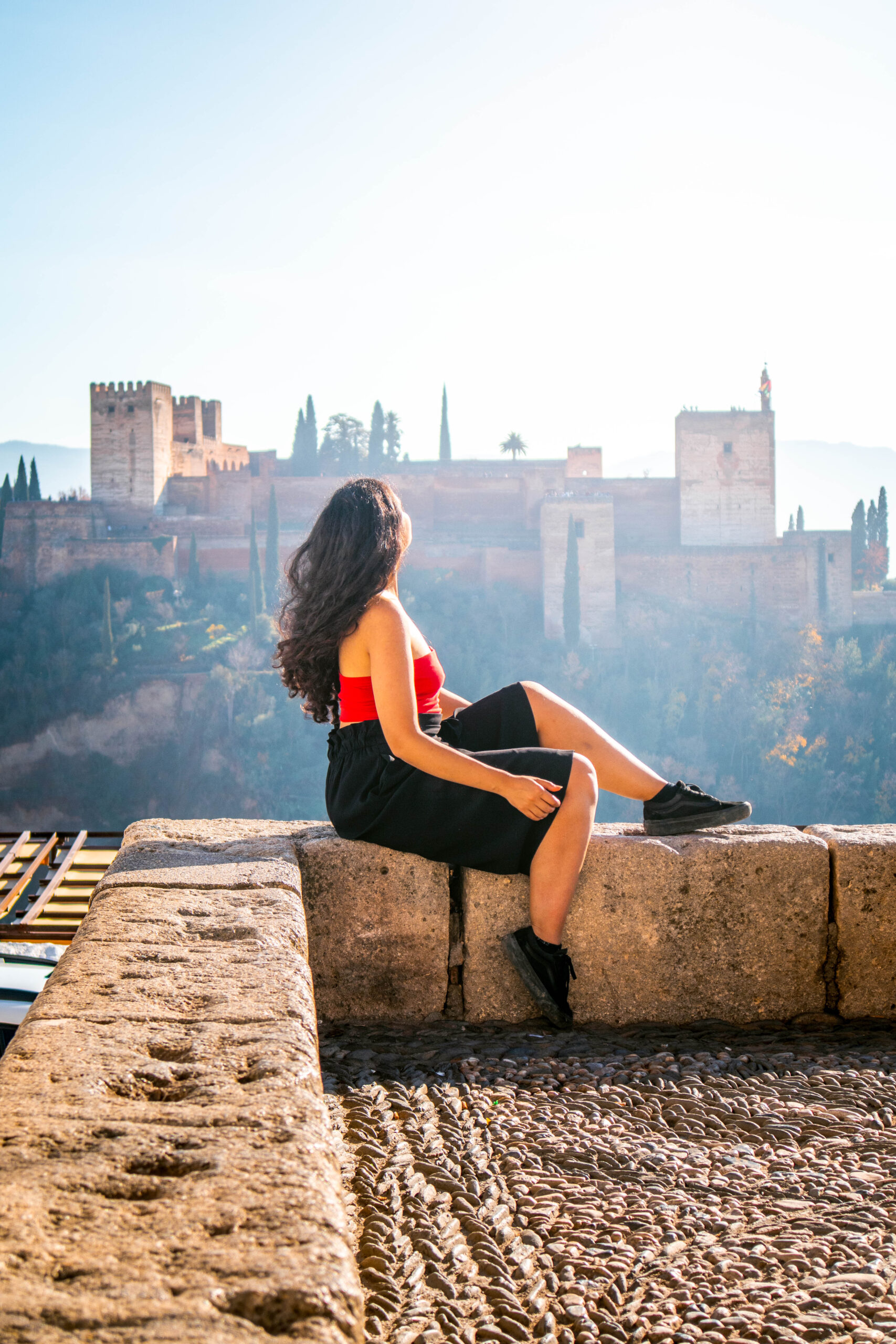
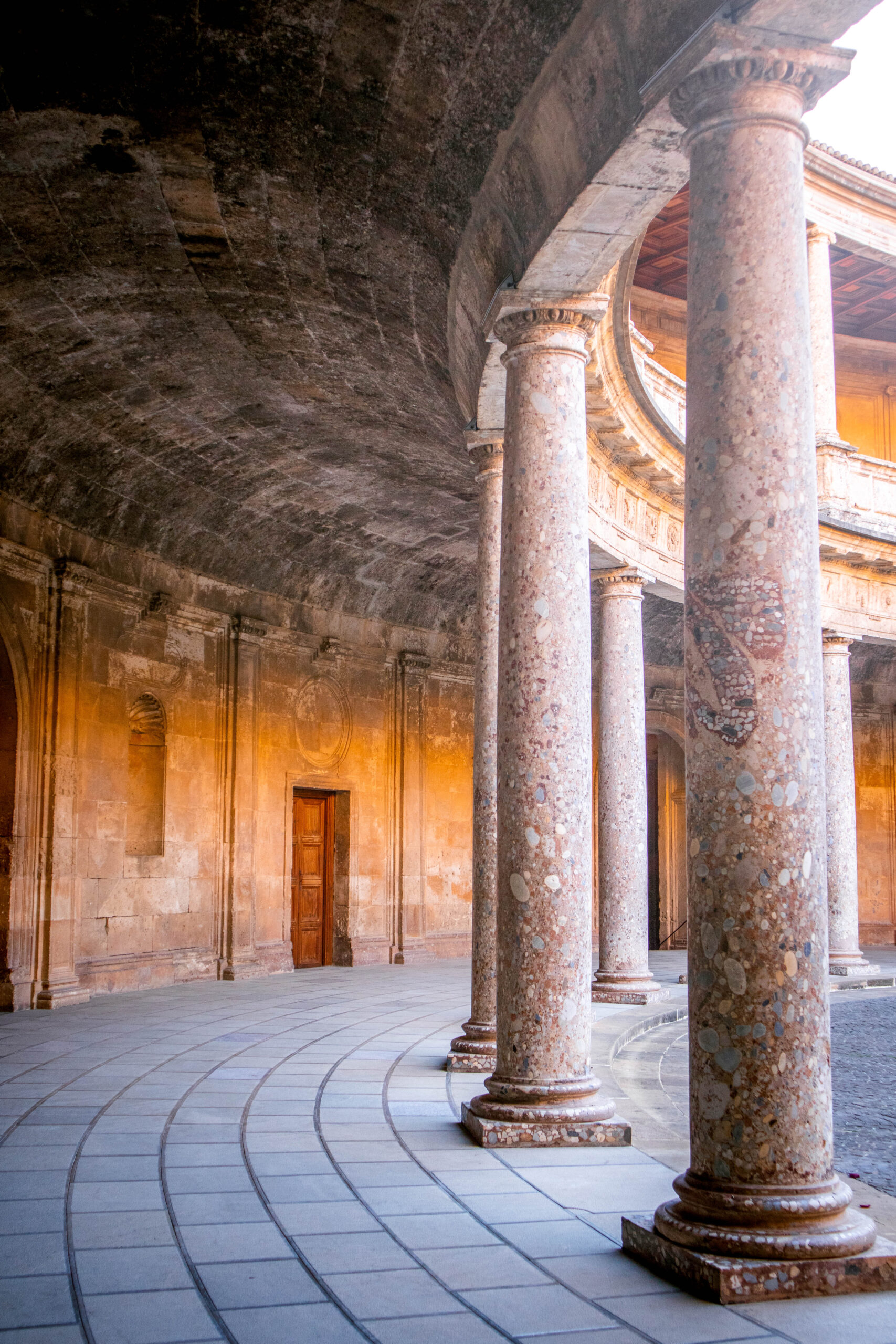
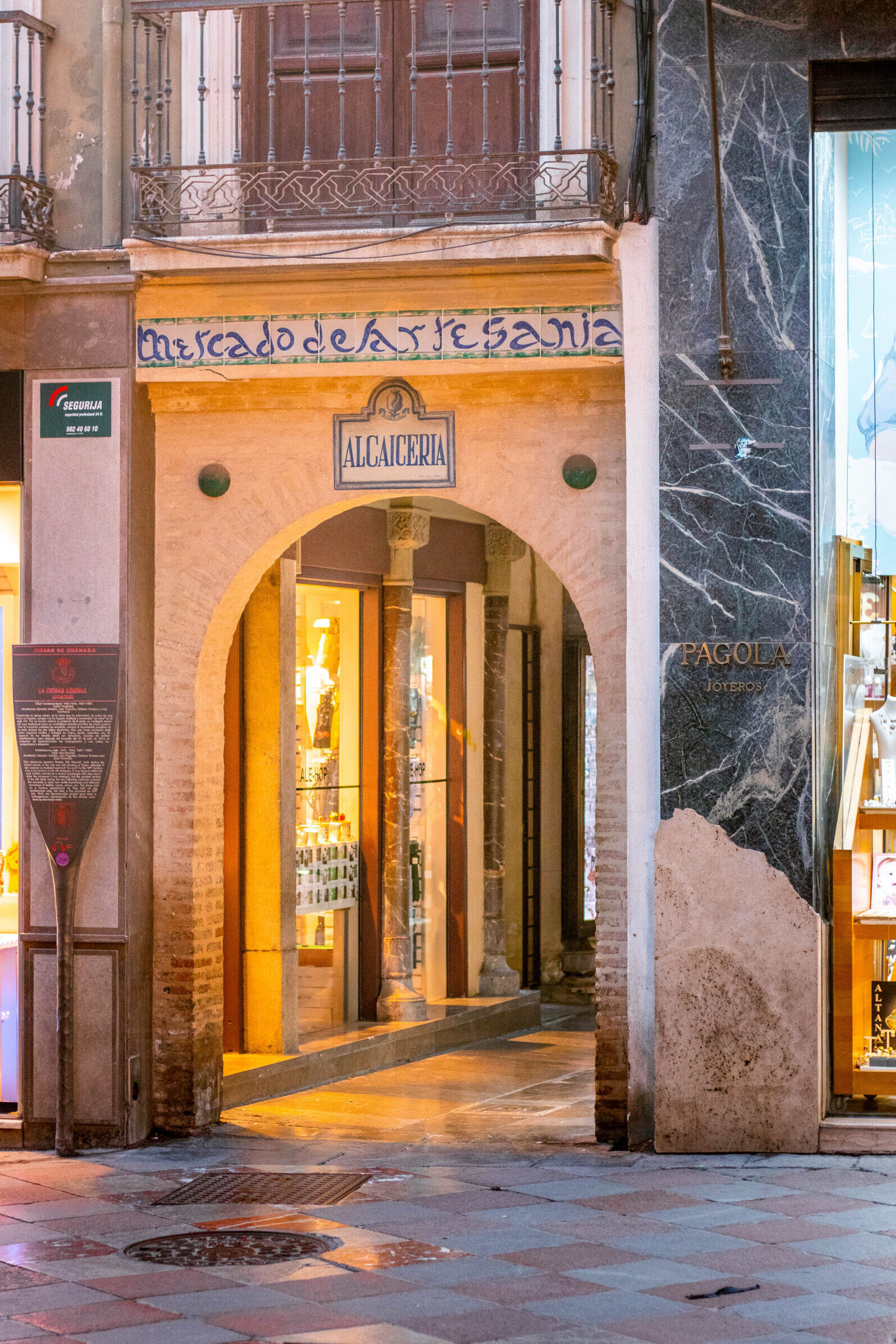
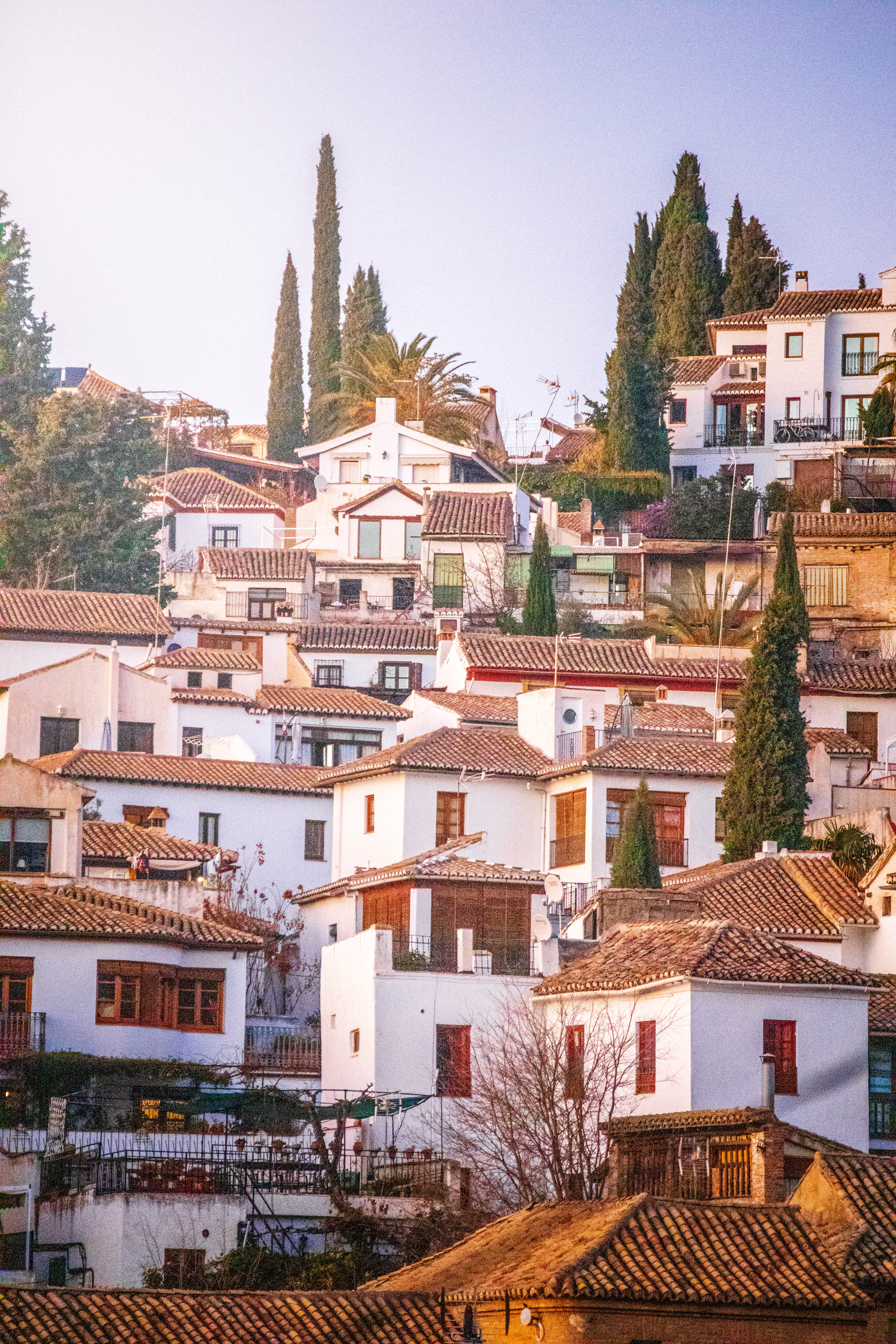
Where to stay in Granada?
Granada’s accommodation options suit all budgets, whether you’re after a traditional Andalusian guesthouse or a modern city hotel. The most atmospheric areas to stay are the Albaicín, with its whitewashed houses and views of the Alhambra, and the Centro for easy access to restaurants, shops, and nightlife.
🛏️ Voir plus available accommodation in Granada.
Please note that the prices mentioned above are indicated per night and based on the prices indicated in 2025. Prices are subject to fluctuation according to supply and demand, time of the year, and the will of the owners.
Days 8-10: Málaga, the coastal Andalusian beauty (+ Optional Ronda)
Your last stop in this Andalusia itinerary is Málaga, a sunny port city that perfectly balances art, history, and beach life. Between its bustling markets, seaside promenades, and laid-back tapas culture, Málaga is a place to slow down and savor Andalusia at an easy pace.
Day 8: Málaga - Coastal Charm and Culture
Start your day at the Alcazaba, a Moorish fortress with beautiful courtyards and views over the port. From here, it’s an easy climb to the Castillo de Gibralfaro, where you’ll be rewarded with a panoramic look over the city and the Mediterranean.
In the afternoon, explore Málaga’s cultural side with a visit to the Picasso Museum, celebrating the city’s most famous son, or the Centre Pompidou Málaga, a colorful glass cube on the waterfront that houses a rotating collection of modern art. If you prefer a more relaxed pace, head straight to La Malagueta Beach for a swim or some downtime by the sea.
Málaga is the birthplace of Pablo Picasso, and you can even visit his childhood home in the city center.
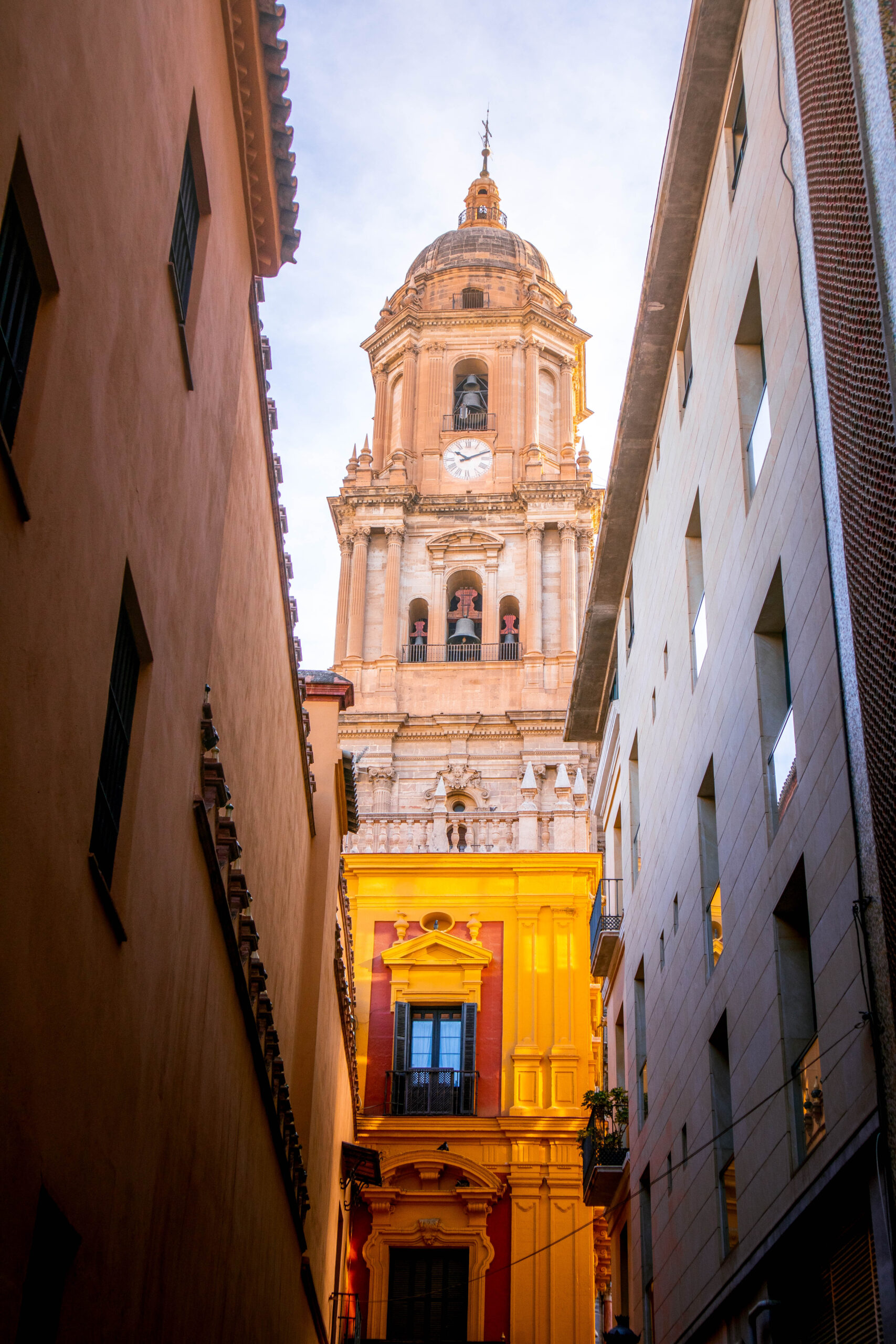
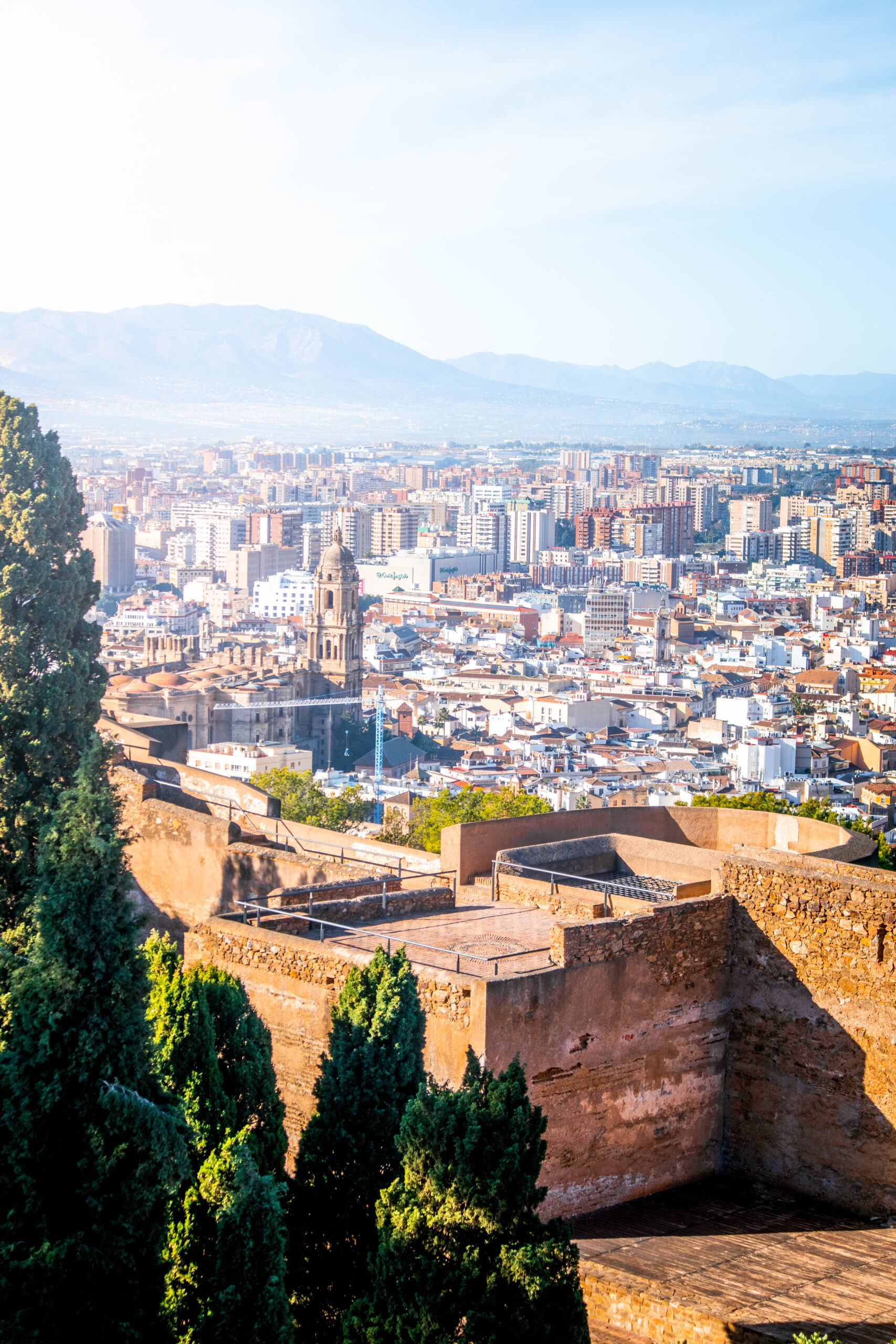
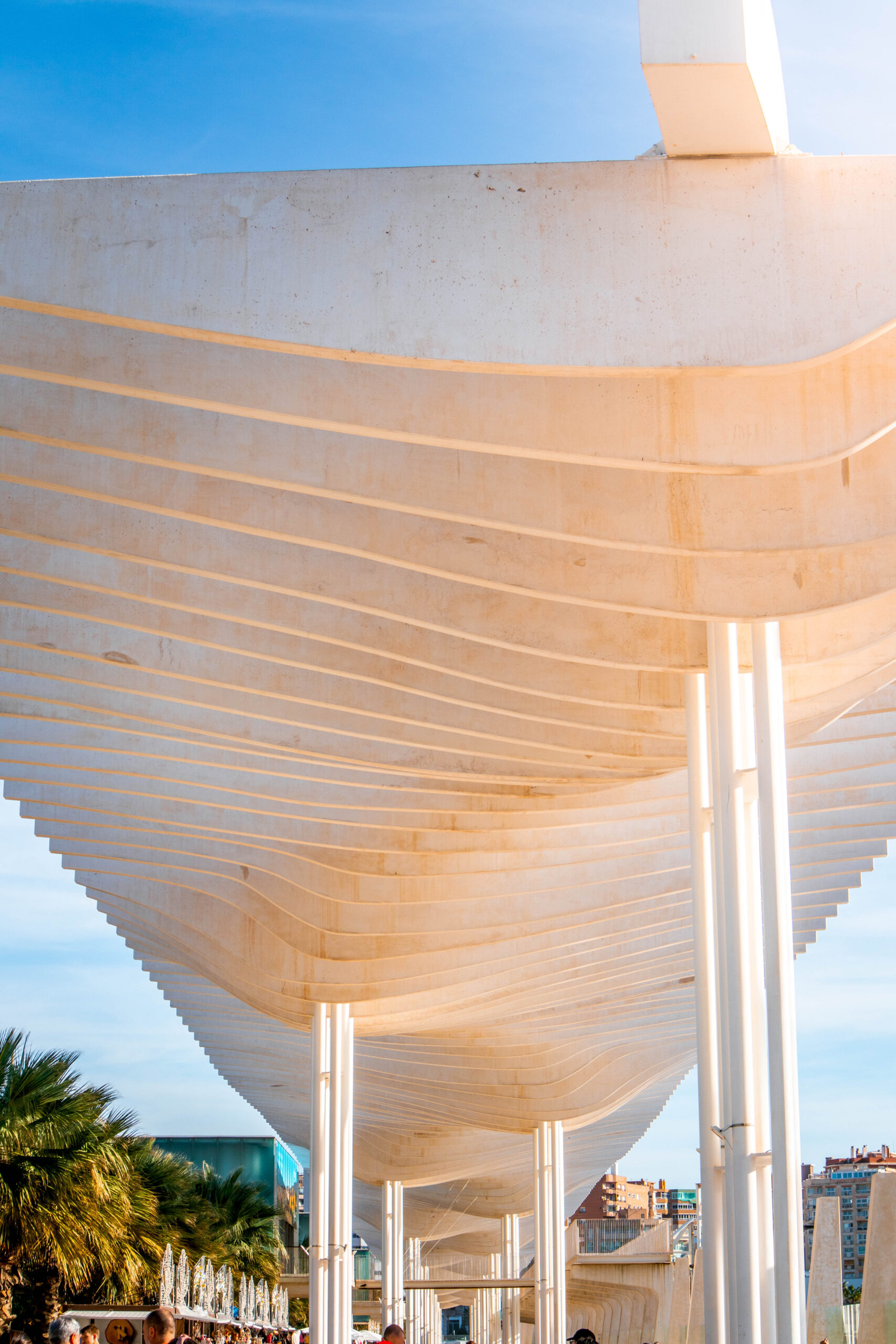
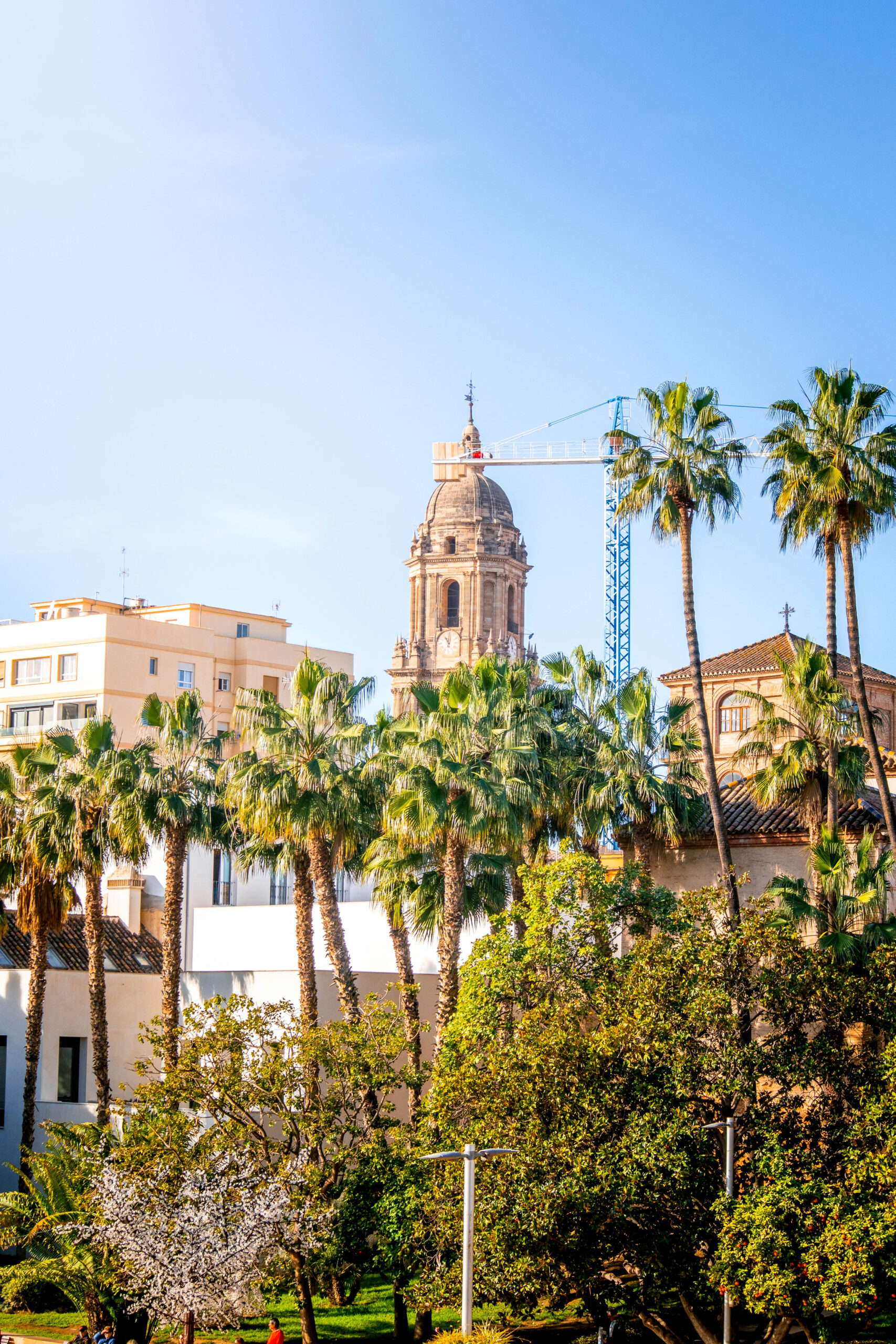
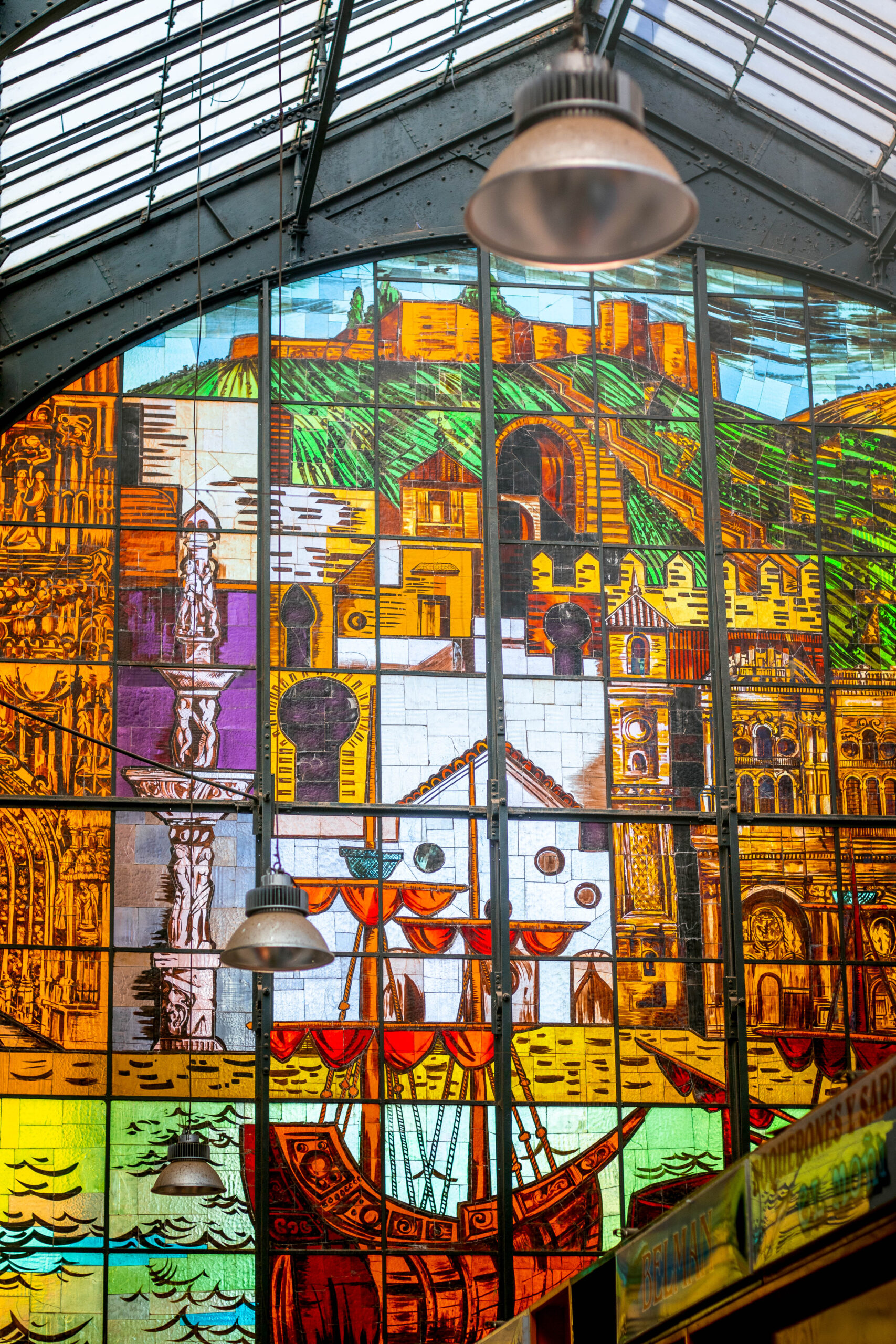
Day 9: Málaga or Ronda Excursion
For the penultimate day of this Andalusia itinerary, the choice is yours! You can either linger in Málaga for a relaxed day or set off on a rewarding excursion into Andalusia’s countryside.
Option 1: More time in Málaga
Take it slow and enjoy the city like a local. Browse the colorful Atarazanas Market, then spend time at the Centre Pompidou Málaga or the Museo Carmen Thyssen if you are in the mood for art. In the afternoon, unwind on La Malagueta Beach or stroll along the Muelle Uno promenade by the port.
👉 Check 12 amazing things to do in Málaga if you are looking for a complete travel guide to Málaga, Spain.
Option 2: Day trip to Ronda
Head to Ronda for the day, one of Andalusia’s most picturesque towns. The highlight is the Puente Nuevo, the breathtaking bridge that spans the deep gorge. You will also wander the old Moorish quarter and soak up countryside views before returning to Málaga in the evening. While it is possible to reach Ronda by public transport, it involves long hours in trains and limited times. For this reason, I recommend this Ronda guided tour that makes the logistics easy and even includes a stop to Setenil de las Bodegas village.
👉 Check 12 amazing things to do in Ronda if you are looking for a complete travel guide to Ronda, Spain.
- Option 3: Day trip to Caminito del Rey
If you enjoy nature and a touch of adventure, consider a guided hike along the famous Caminito del Rey. Once known as one of the world’s most dangerous walkways, it has been rebuilt into a safe but thrilling cliffside path with spectacular views of the gorge and river below. Guided tours to Caminito del Rey include transport from Málaga, making this an easy and unforgettable day trip.
Whatever you choose, as evening falls, wander back into the historic center of Málaga to enjoy a final Andalusian dinner.

Day 10: Farewell Málaga (and Andalusia!)
Spend your last morning wandering Málaga’s historic streets, revisiting a favorite spot, or enjoying a final coffee by the seaside promenade. Depending on your flight or onward journey, fit in a last tapas meal before saying goodbye to Andalusia.
Where to stay in Málaga?
Málaga has a good mix of places to stay. The best area for first-time visitors is the historic center, where you’ll be close to major sights, tapas bars, and the port. For a more relaxed vibe, look at La Malagueta, just steps from the beach.
🛏️ Voir plus available accommodation in Málaga.
Please note that the prices mentioned above are indicated per night and based on the prices indicated in 2025. Prices are subject to fluctuation according to supply and demand, time of the year, and the will of the owners.
Budget for this Andalusia itinerary
If you follow this 10-day Andalusia itinerary without a car, here is a breakdown of your main expenses:
- Transportation: ~100 € (trains Sevilla → Córdoba → Granada → Málaga + public buses to and from airports)
- Accommodation: 20-50€ per night in a hostel dorm; 100€ and upwards in a hotel or private apartment
- Attractions: ~65 € (Real Alcázar Sevilla 13 €, Sevilla Cathedral + Giralda 12 €, flamenco show ~20 €, Mezquita-Catedral Córdoba 13 €, Alhambra Granada 19 €, Picasso Museum Málaga 12 €, Alcazaba Málaga 3.50 €)
My tips for this Andalusia itinerary
Is 10 days enough for an Andalusia itinerary?
Yes, 10 days is an excellent length for an Andalusia itinerary. Of course, the longer the better, but if you have 10 days (or even just a week), you can still enjoy the most important landmarks such as the Alhambra, the Mezquita-Catedral, the Real Alcázar of Seville, and the Picasso Museum. If you only have 7 days for your Andalusia itinerary, you can end in Granada, which has its own international airport.What is the best month to follow an Andalusia itinerary?
Spring (April and May) and autumn (September and October) are the best months for an Andalusia itinerary. The weather is warm but not overwhelming, perfect for sightseeing. July and August are very hot, especially in Seville and Córdoba, while winter months are cooler but still comfortable with fewer crowds. I personnally visited in December, and really appreciated the mild temperatures compared to the rest of Europe at that time of the year.
What is the best way to travel Andalusia without a car?
The best way to follow an Andalusia itinerary without driving is to use trains and buses. High-speed trains connect Seville and Córdoba in under one hour, while buses are the most convenient option to reach Granada and Málaga. Public transport in Andalusia is reliable, affordable, and well suited for this itinerary.
Where should I start and end my Andalusia itinerary?
Most travelers start their Andalusia itinerary in Seville and finish in Málaga. Both cities have international airports, making them practical entry and exit points. If flights are cheaper or more convenient, you can also plan a round trip starting and ending in the same city.
Do I need to book tickets for attractions in my Andalusia itinerary?
Yes, advance booking is strongly recommended for major sights. Tickets for the Alhambra in Granada and the Real Alcázar of Seville often sell out weeks ahead. It is also wise to book a flamenco show in Seville or Córdoba if you want a guaranteed seat during your Andalusia itinerary.
Is Andalusia safe for solo travel?
Yes, Andalusia is generally very safe for solo travelers, including women traveling alone. The main cities on this Andalusia itinerary – Seville, Córdoba, Granada, and Málaga – are welcoming, walkable, and have a lively atmosphere well into the evening. During my two weeks there travelling solo, I never once felt uncomfortable. As with any destination, it is wise to take normal precautions such as keeping valuables secure and avoiding poorly lit areas at night.
I hope this 7 to 10 days Andalusia itinerary has been helpful and informative!
📌 Utile? Enregistrez sur Pinterest!


















